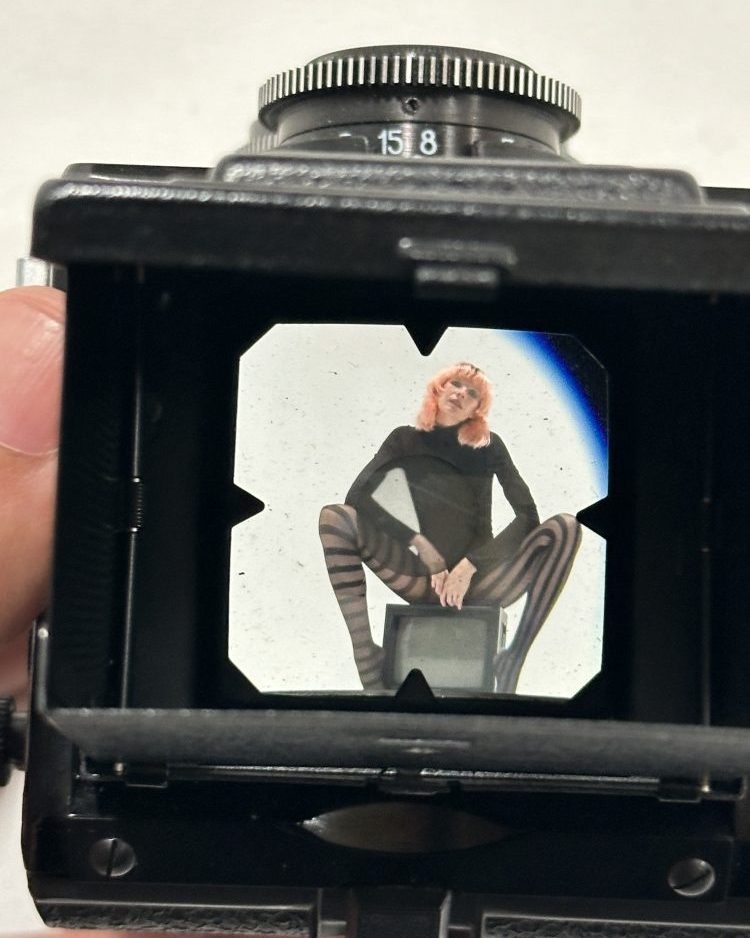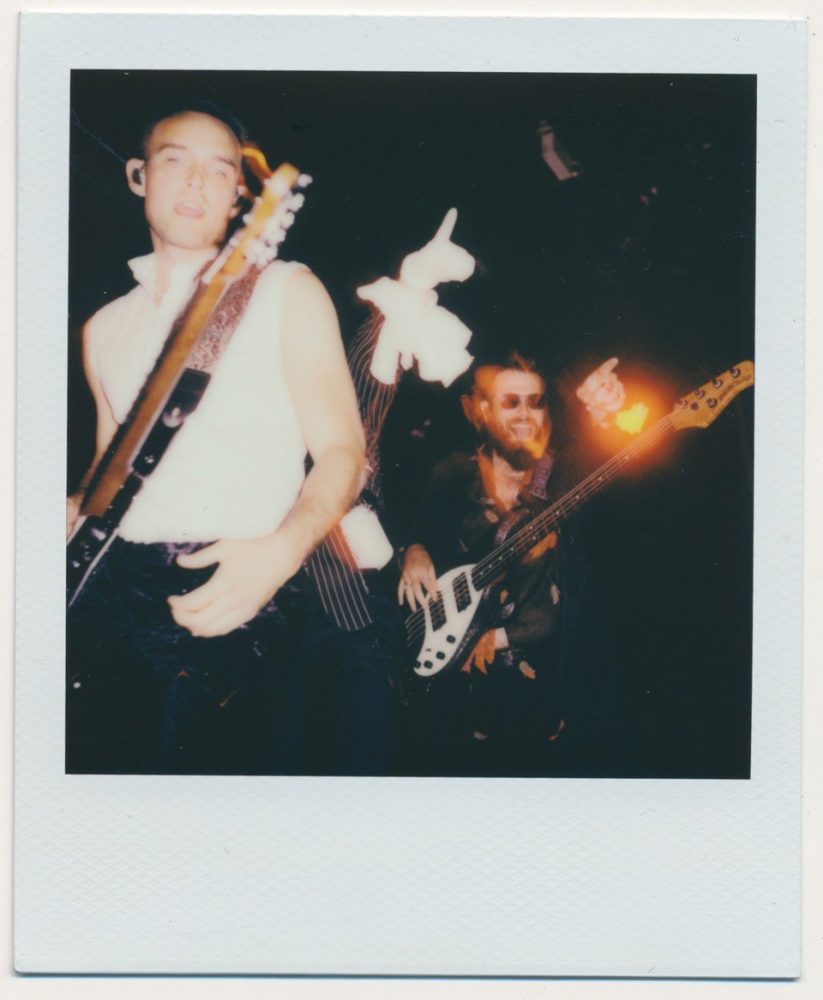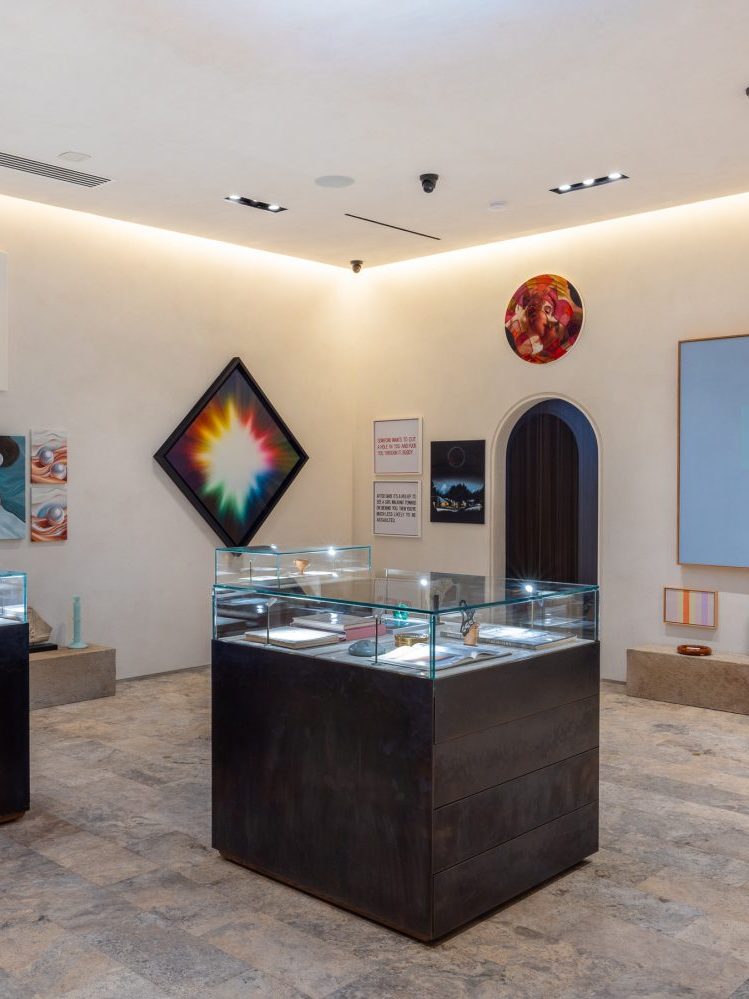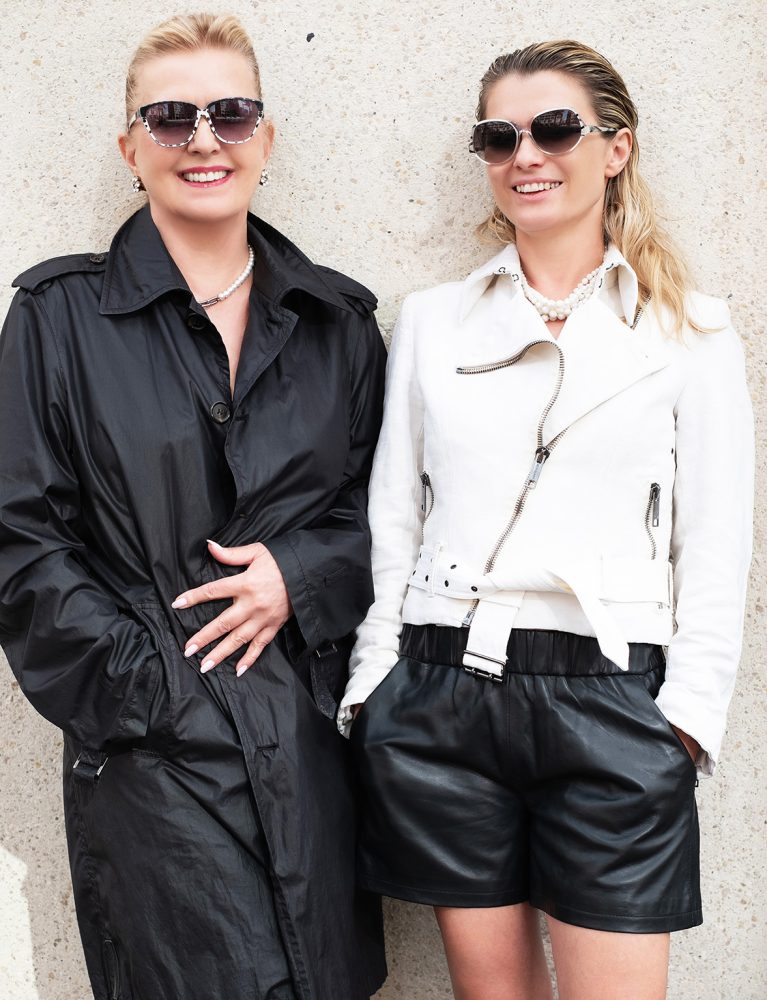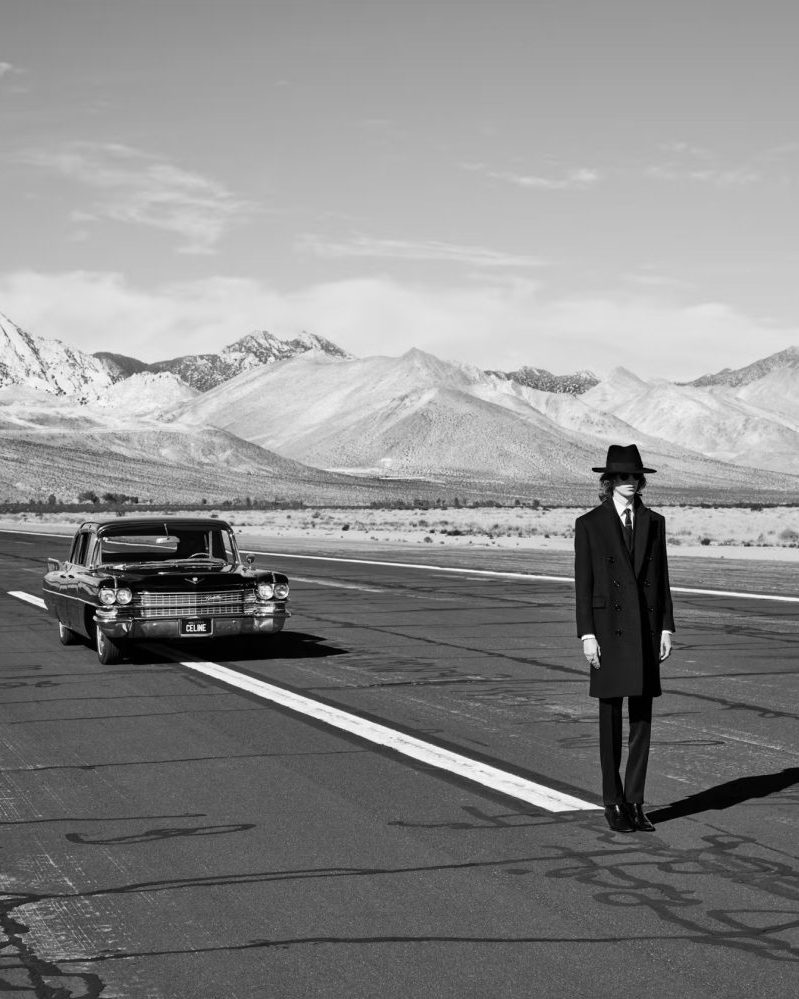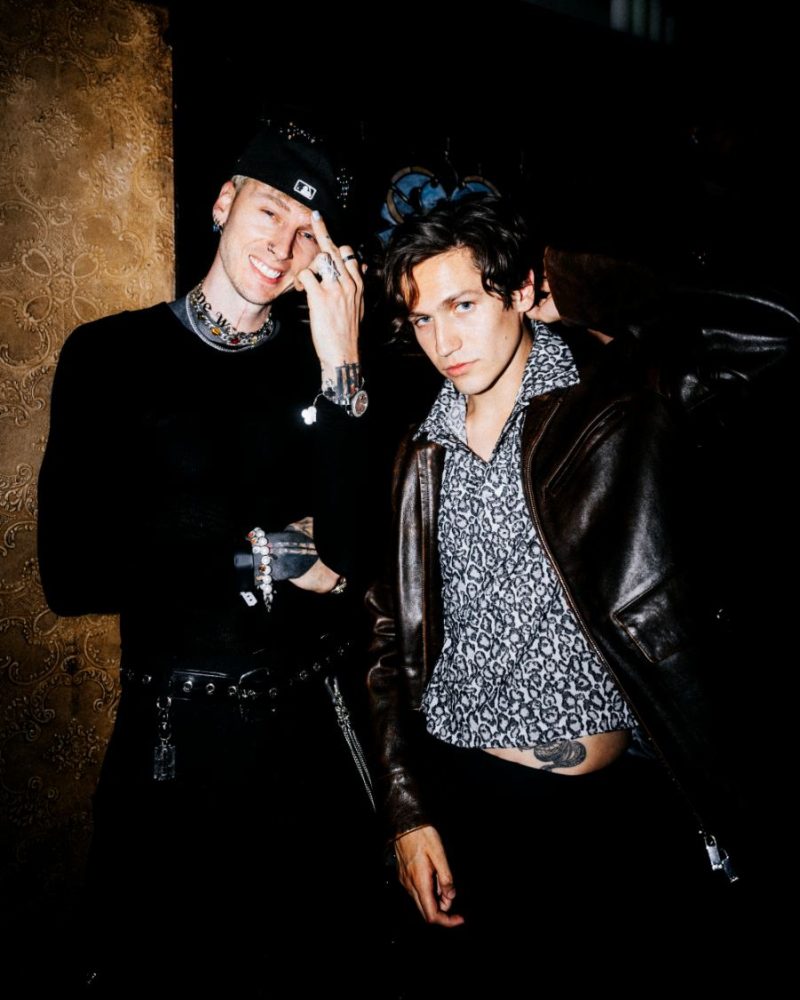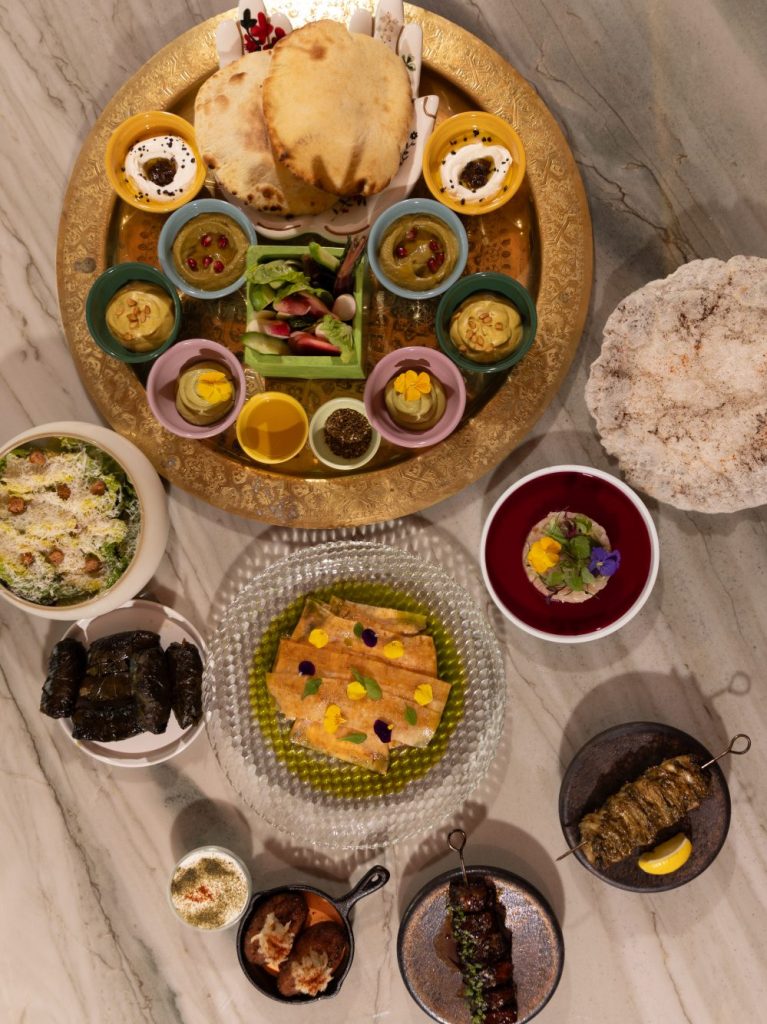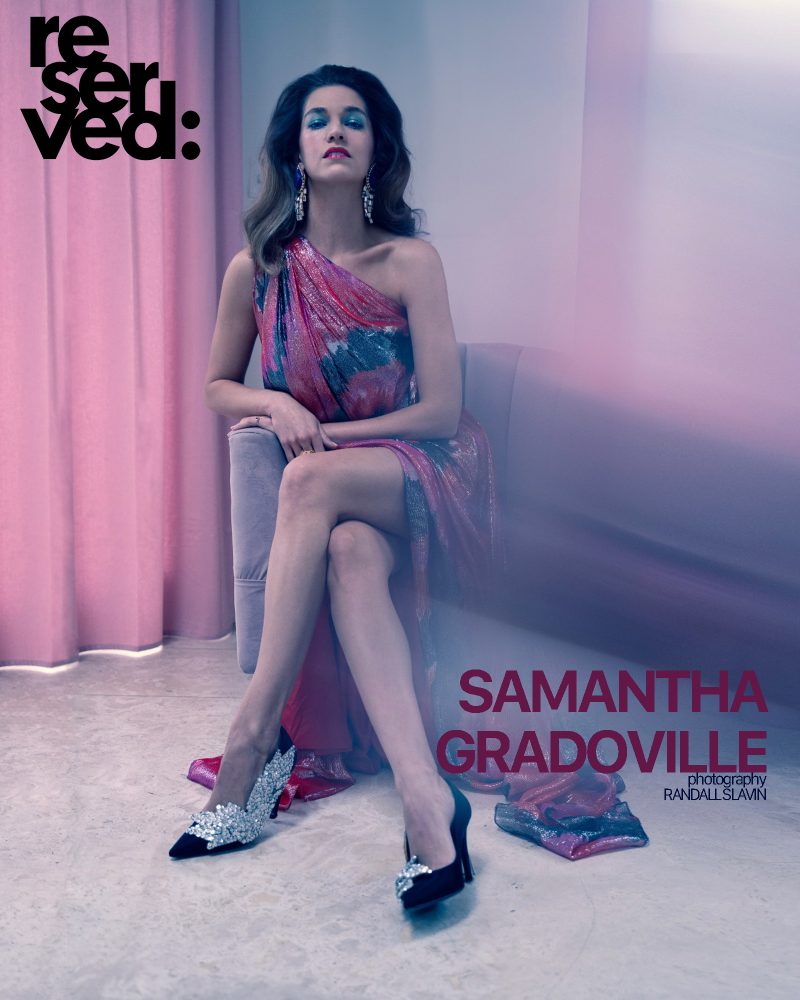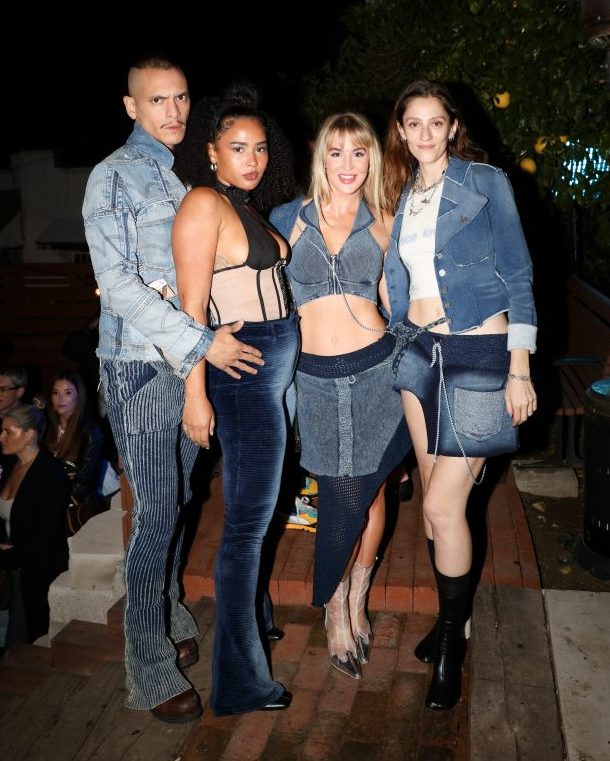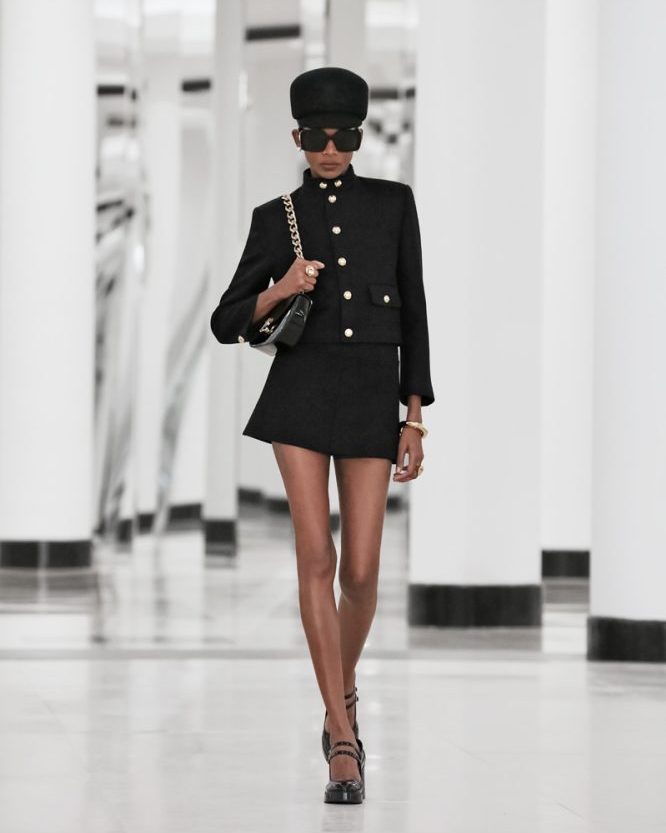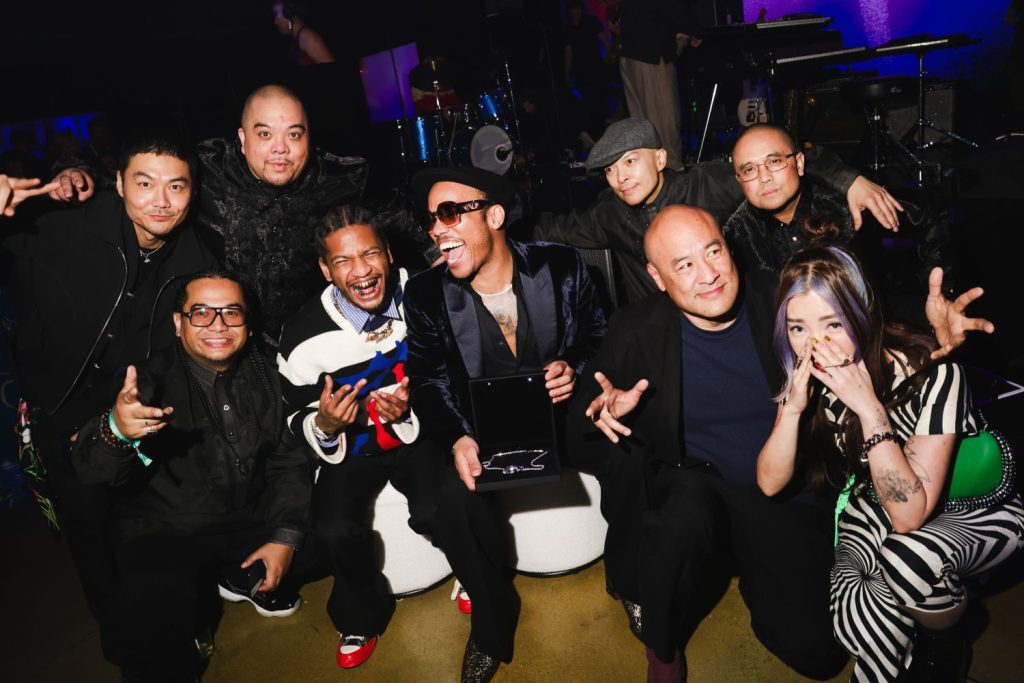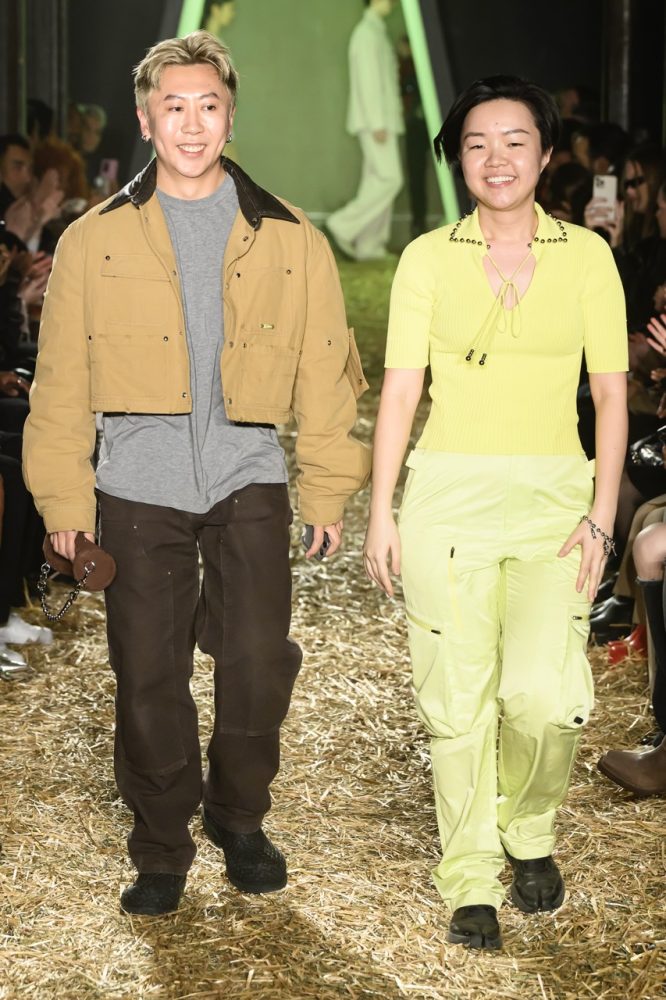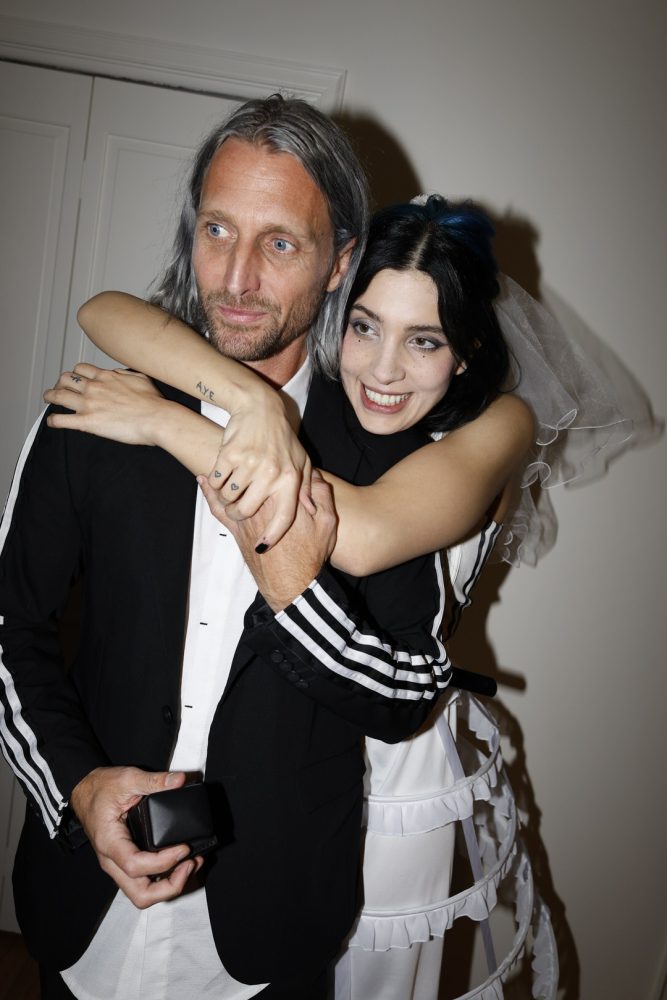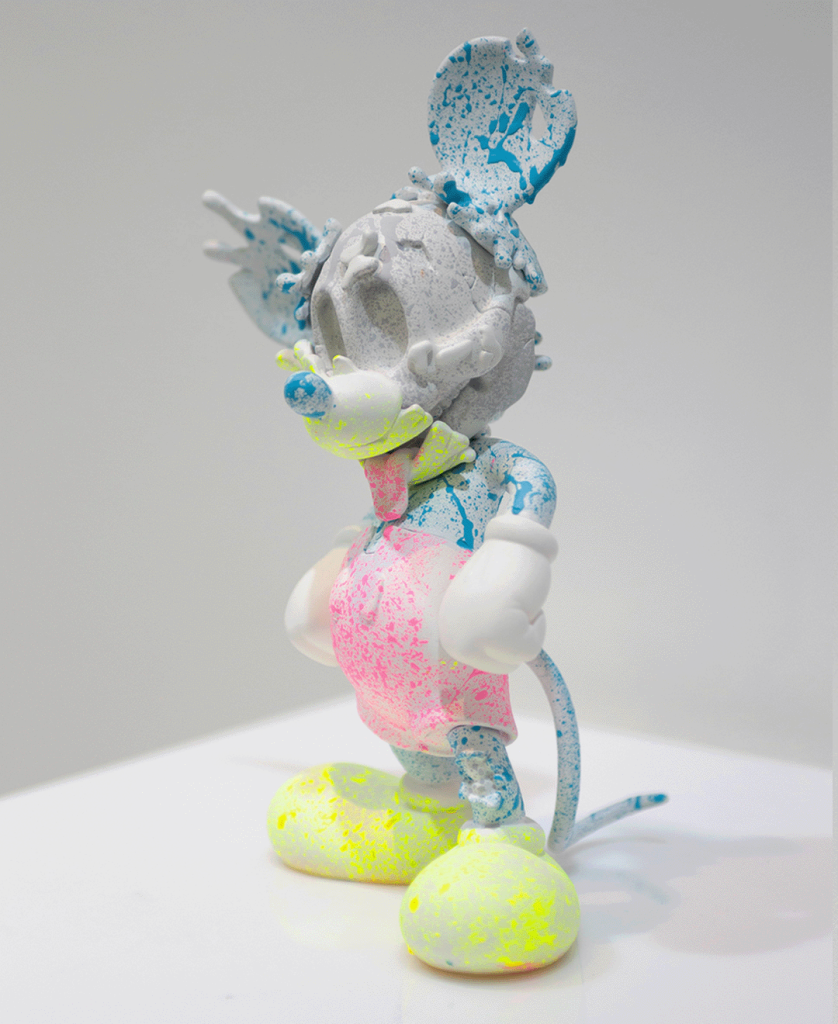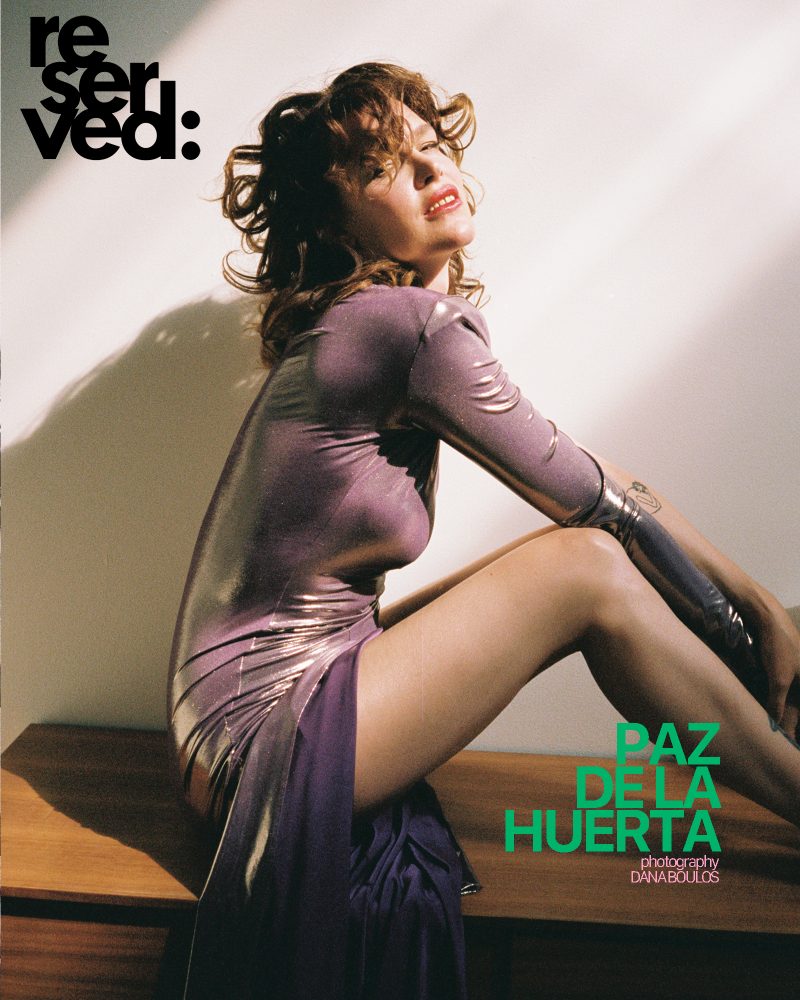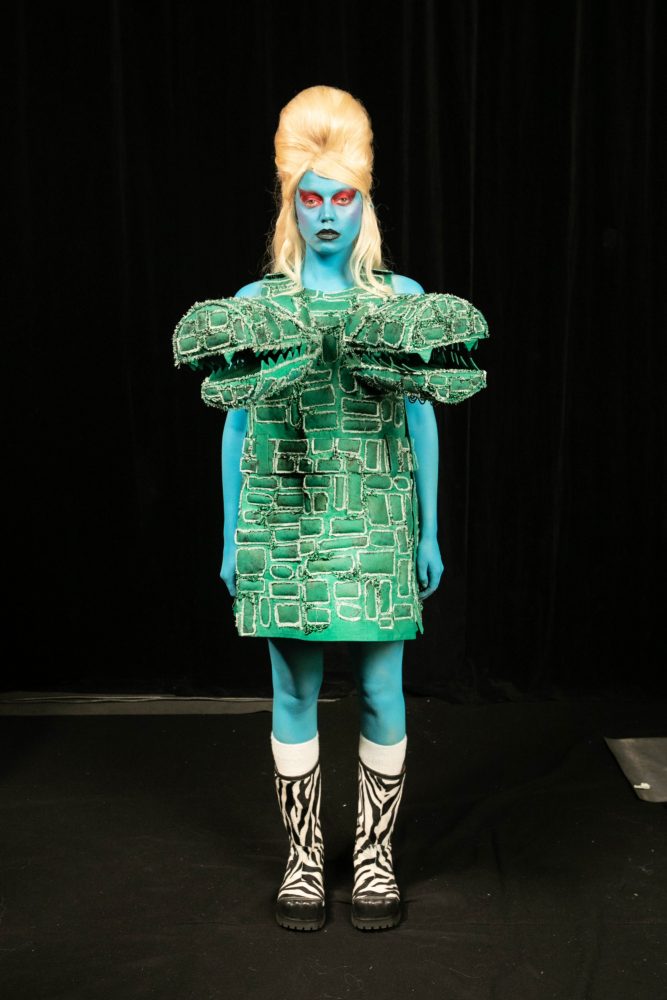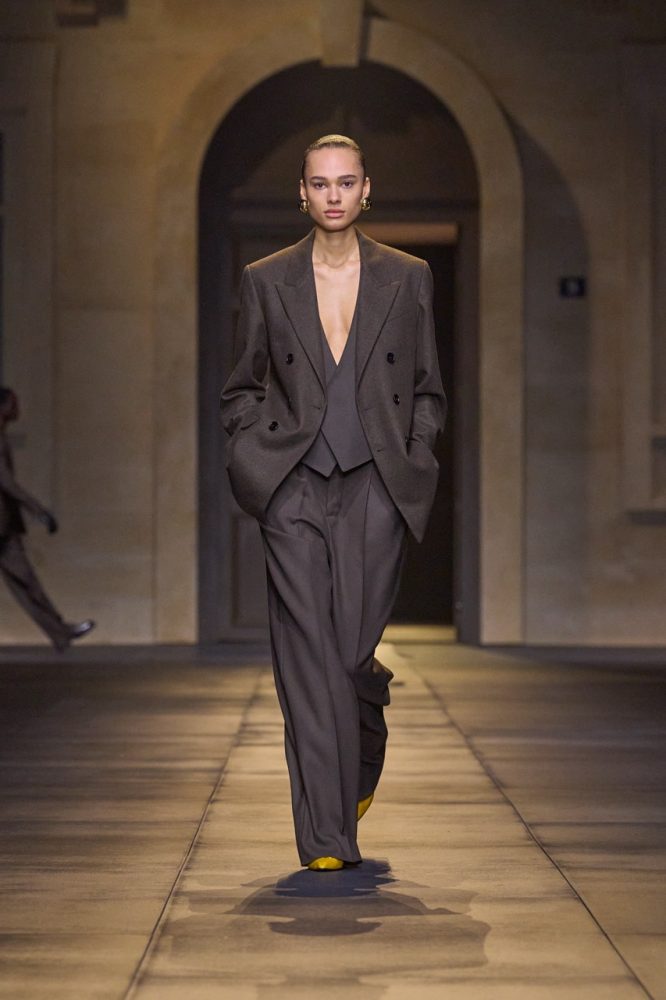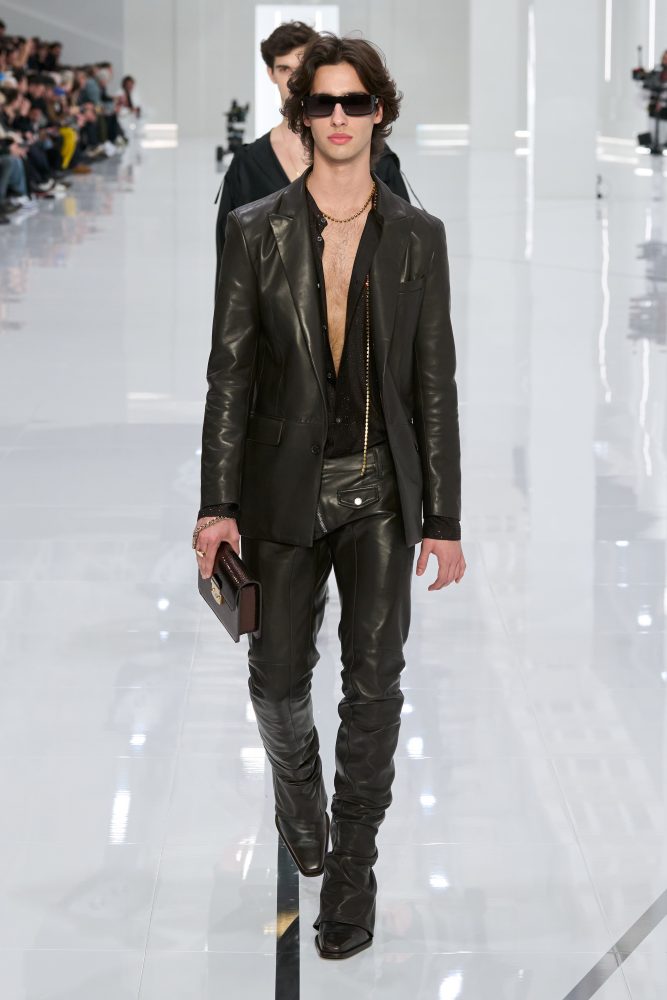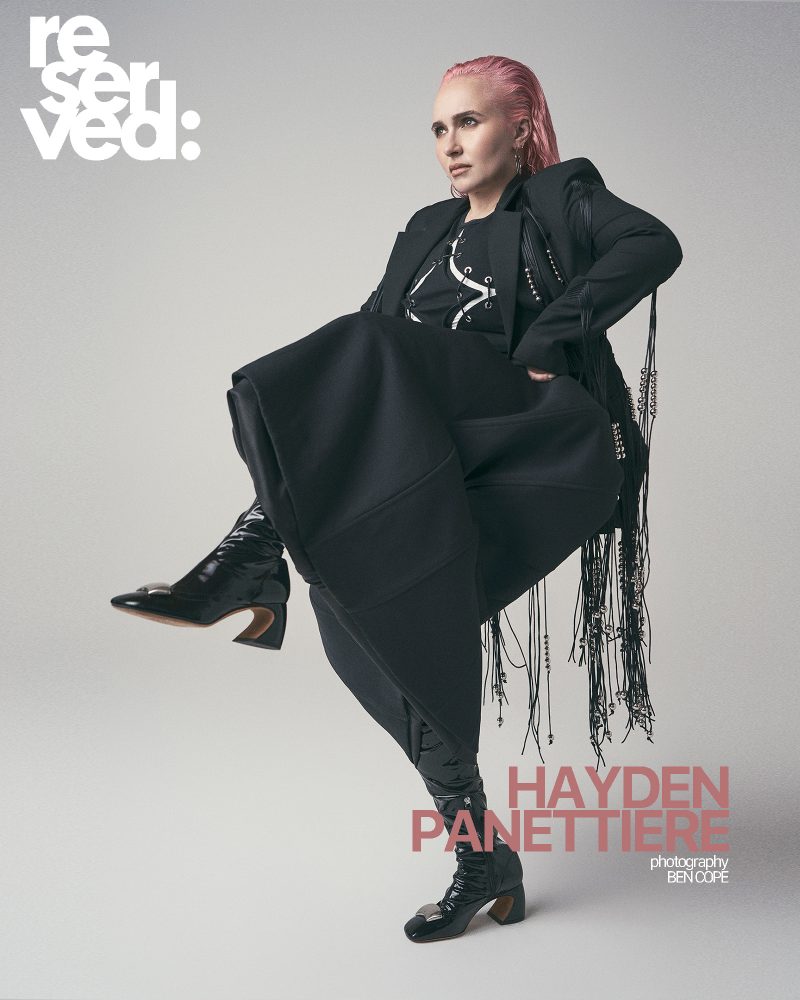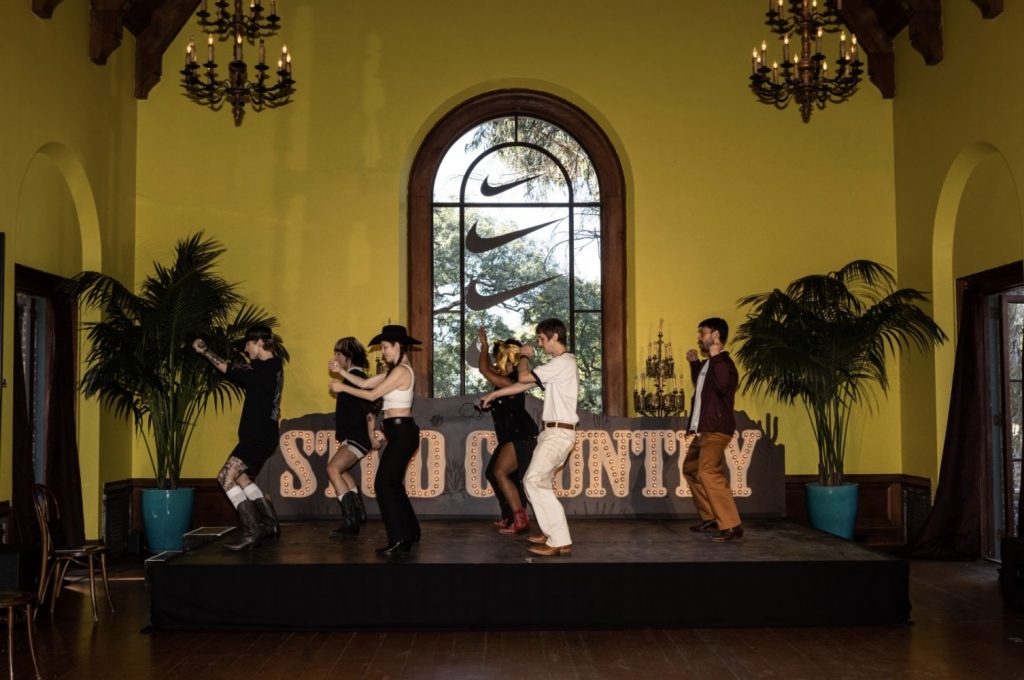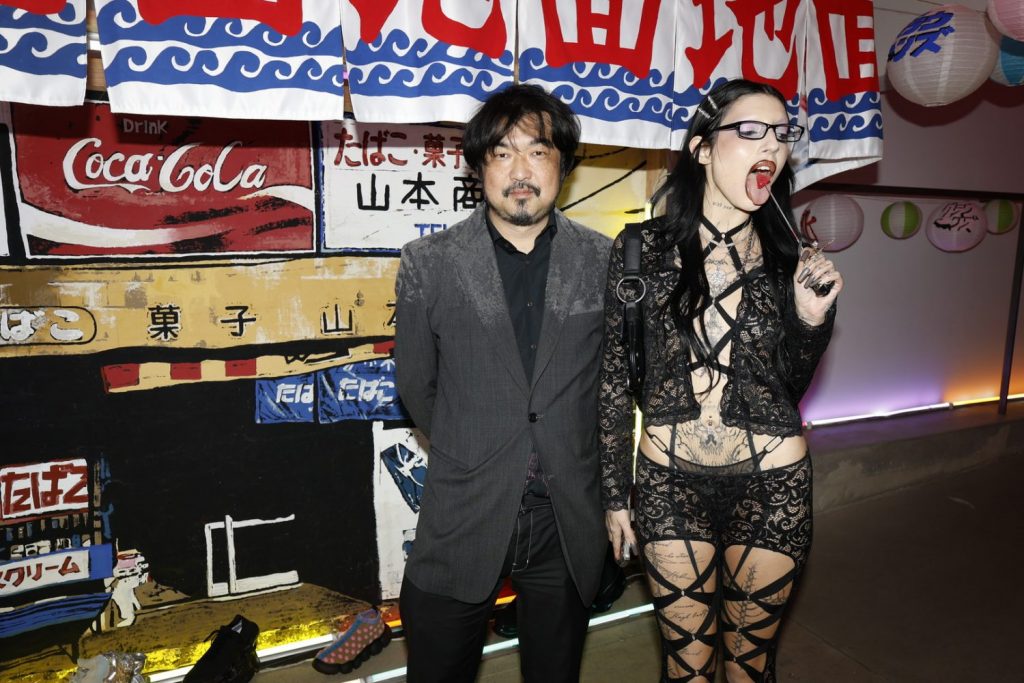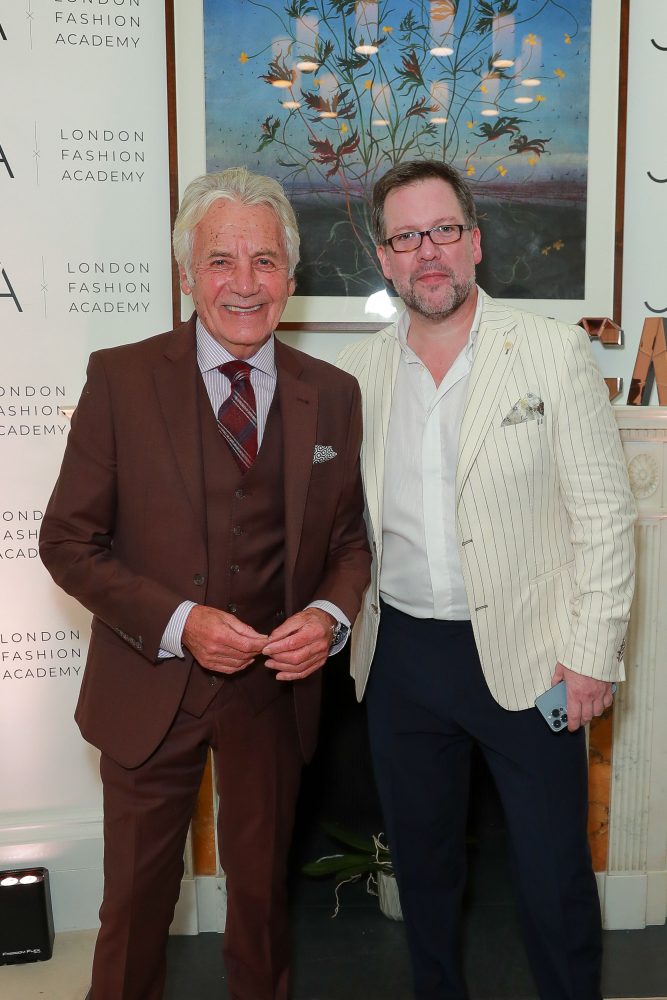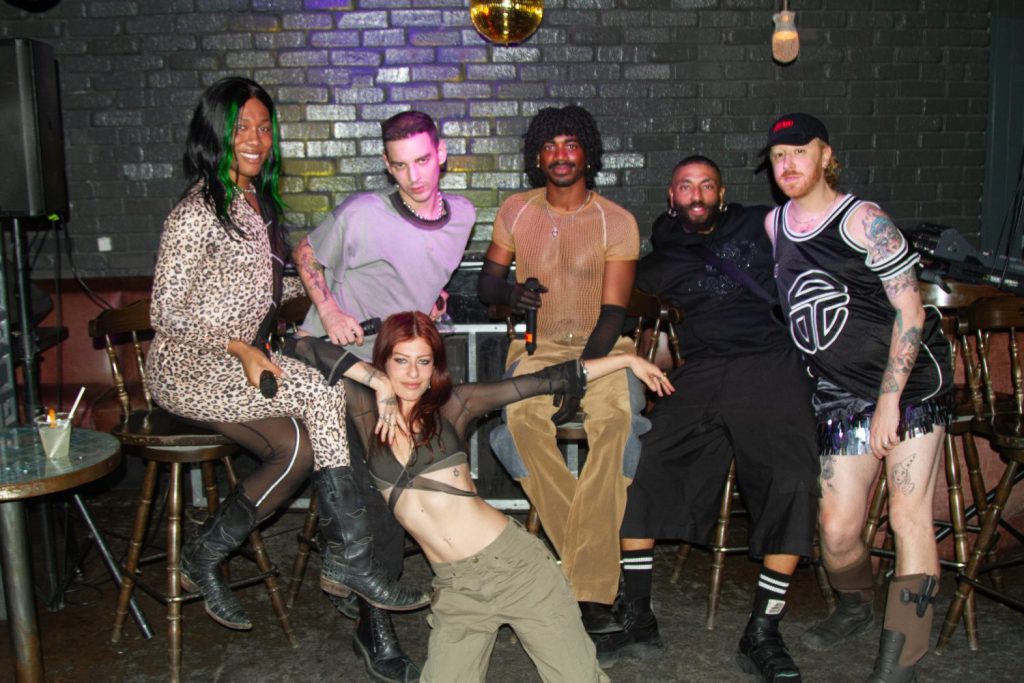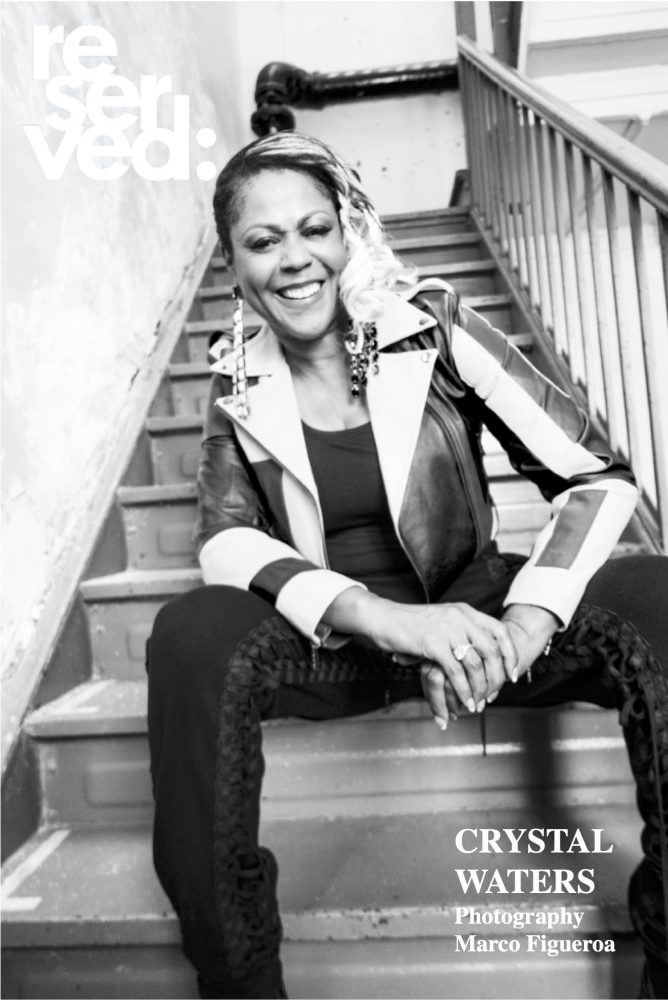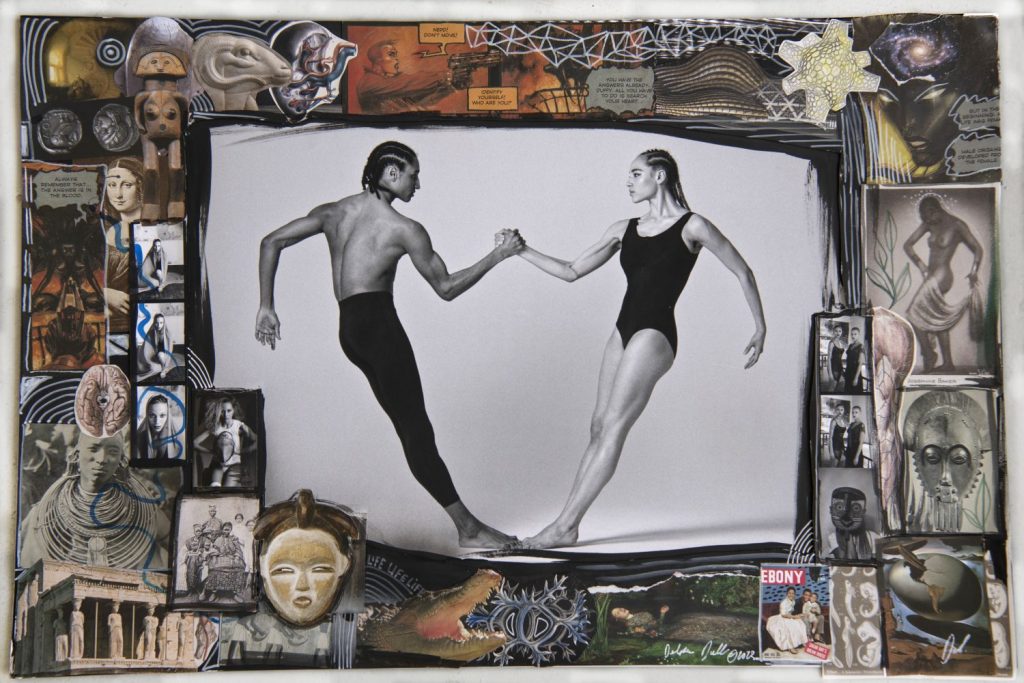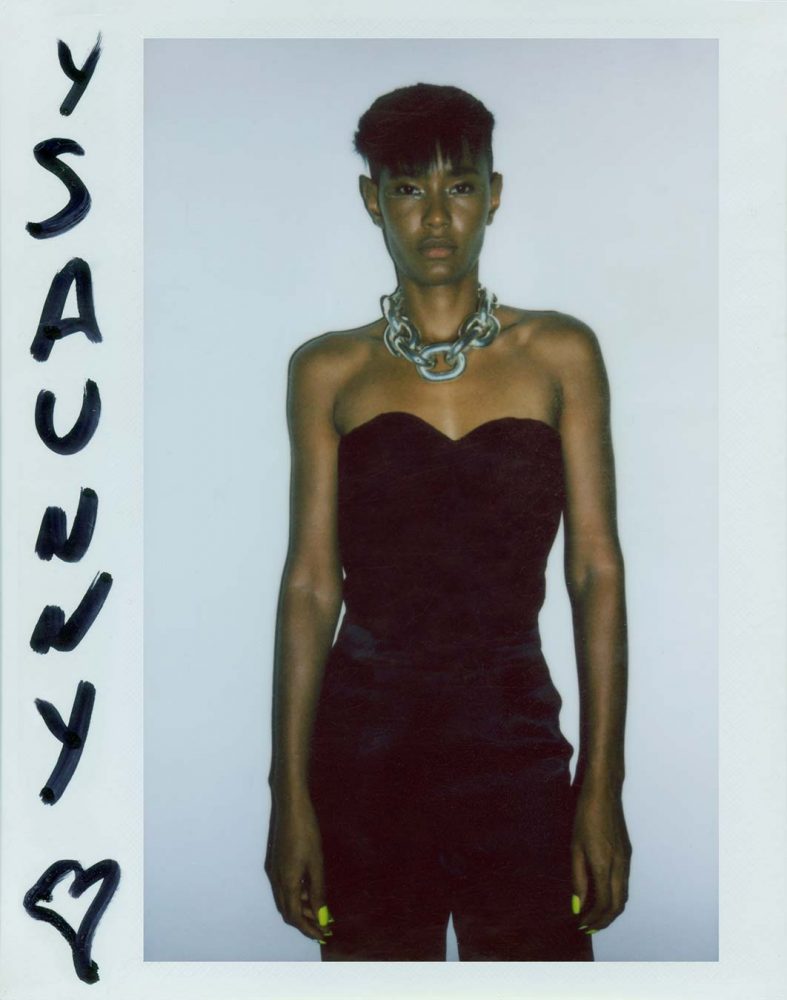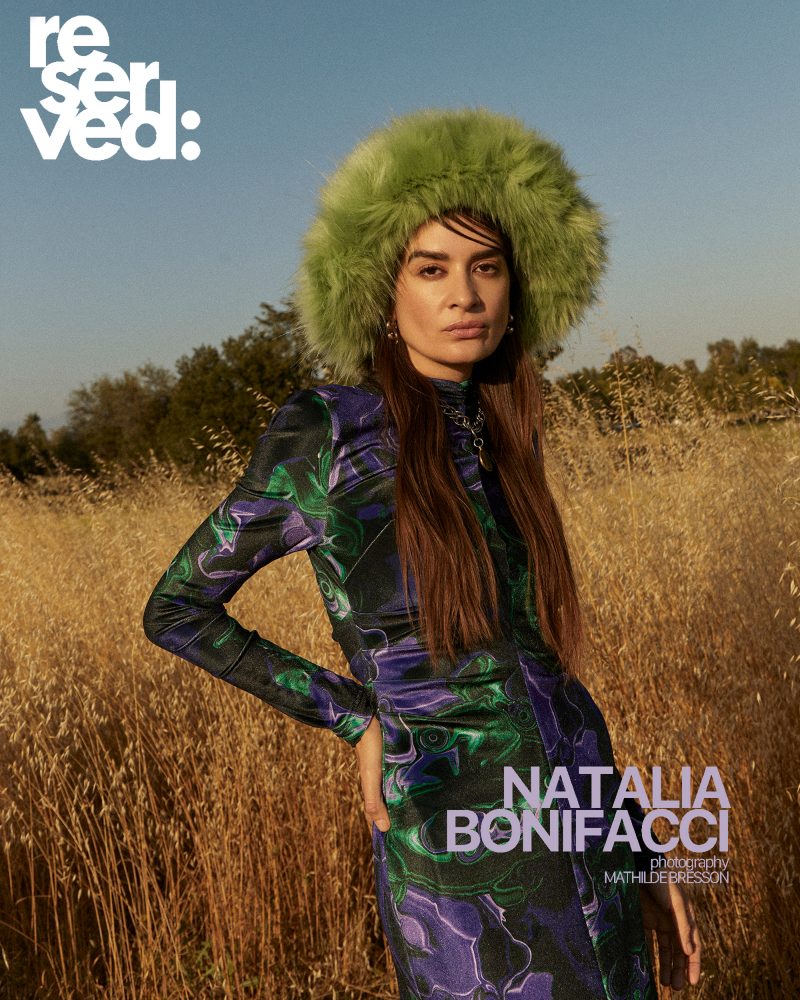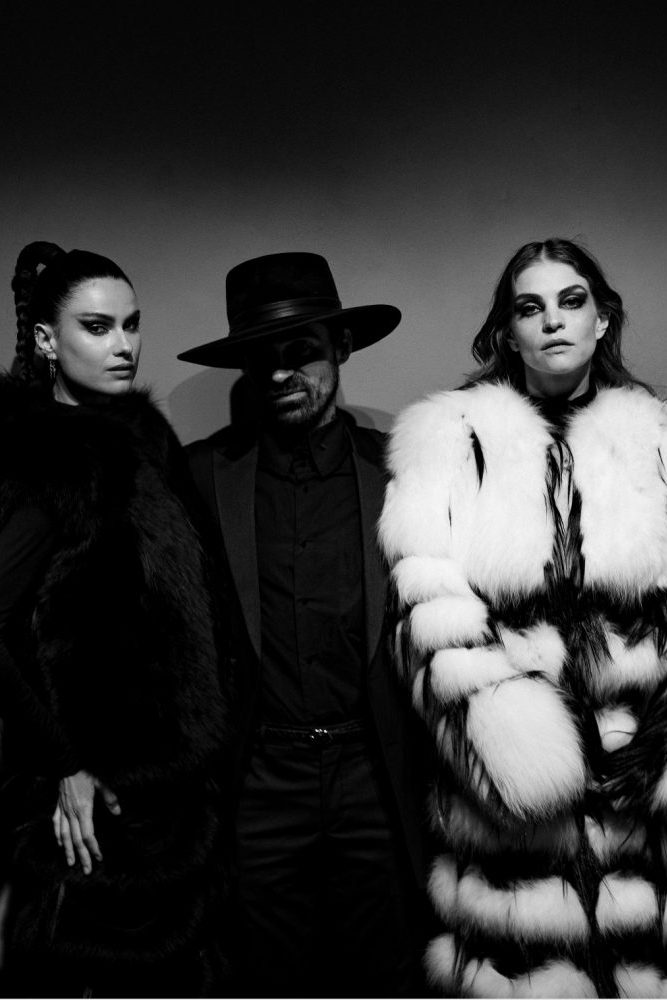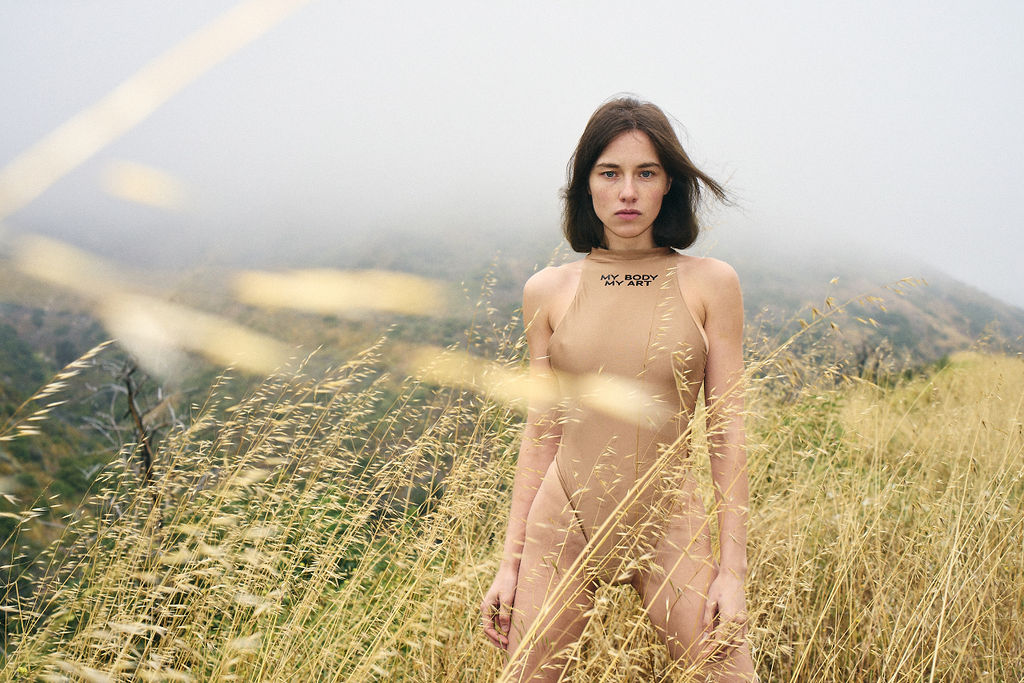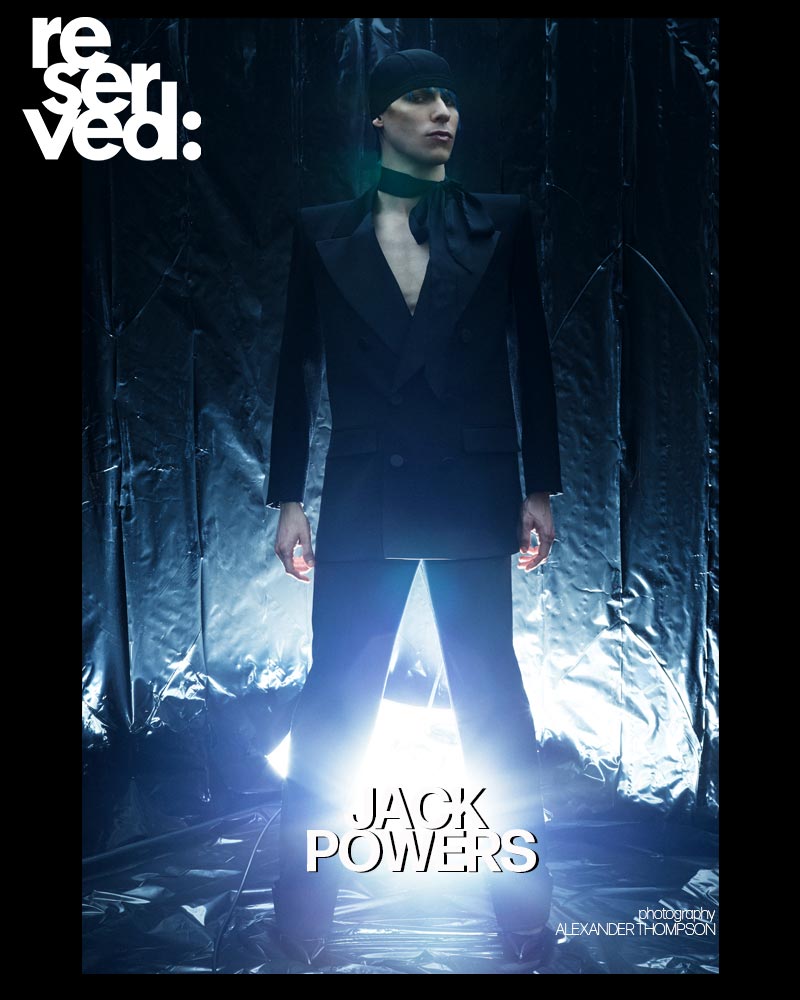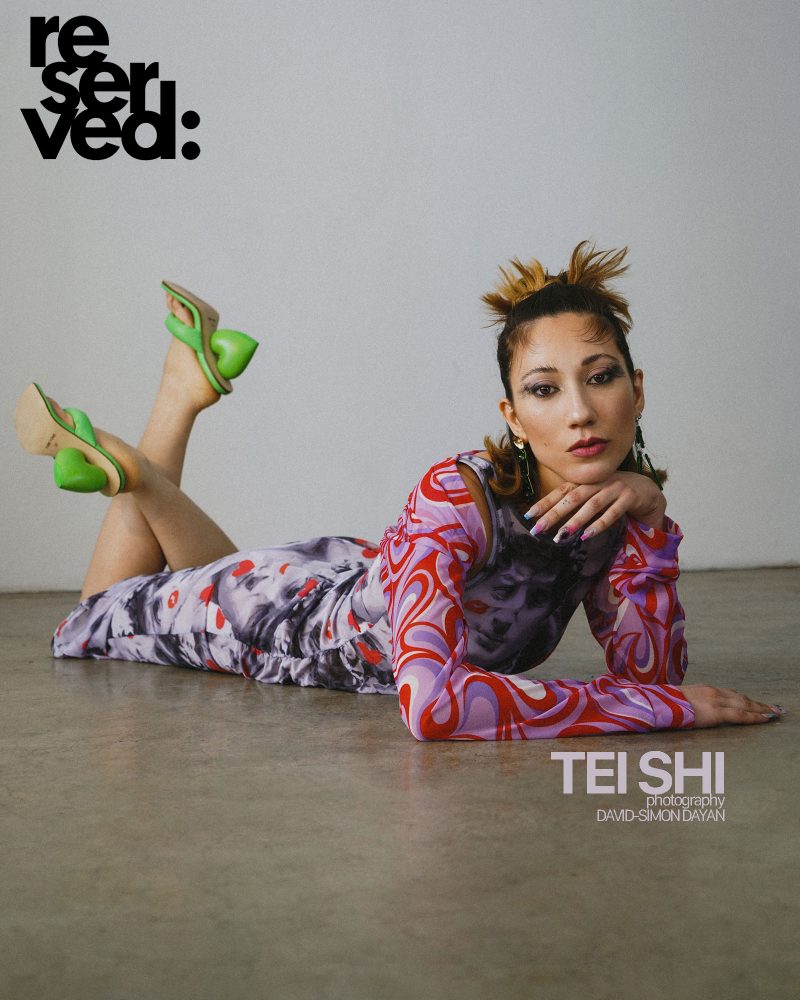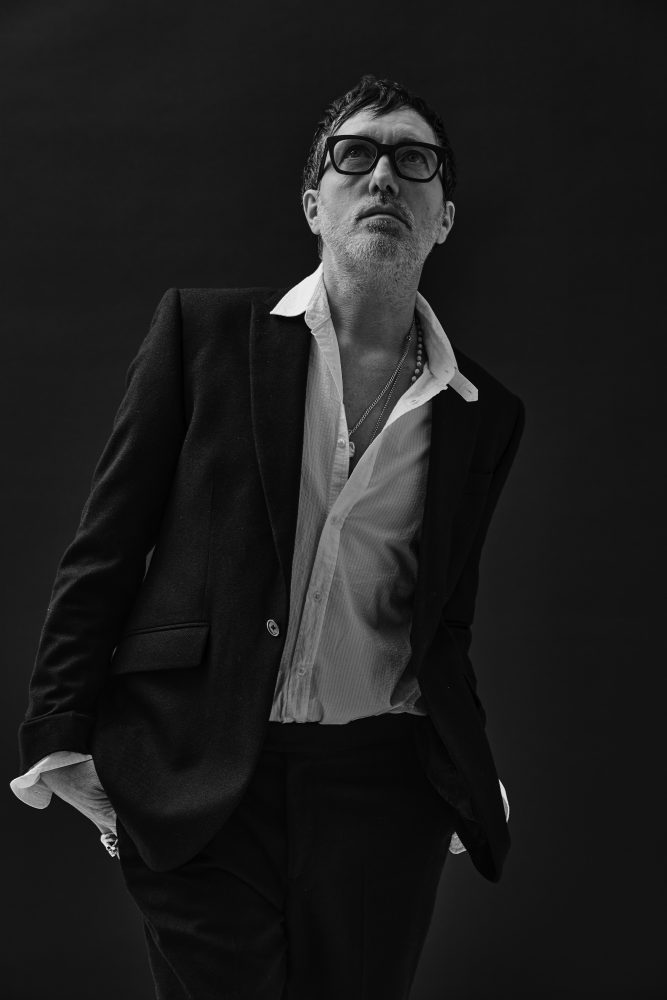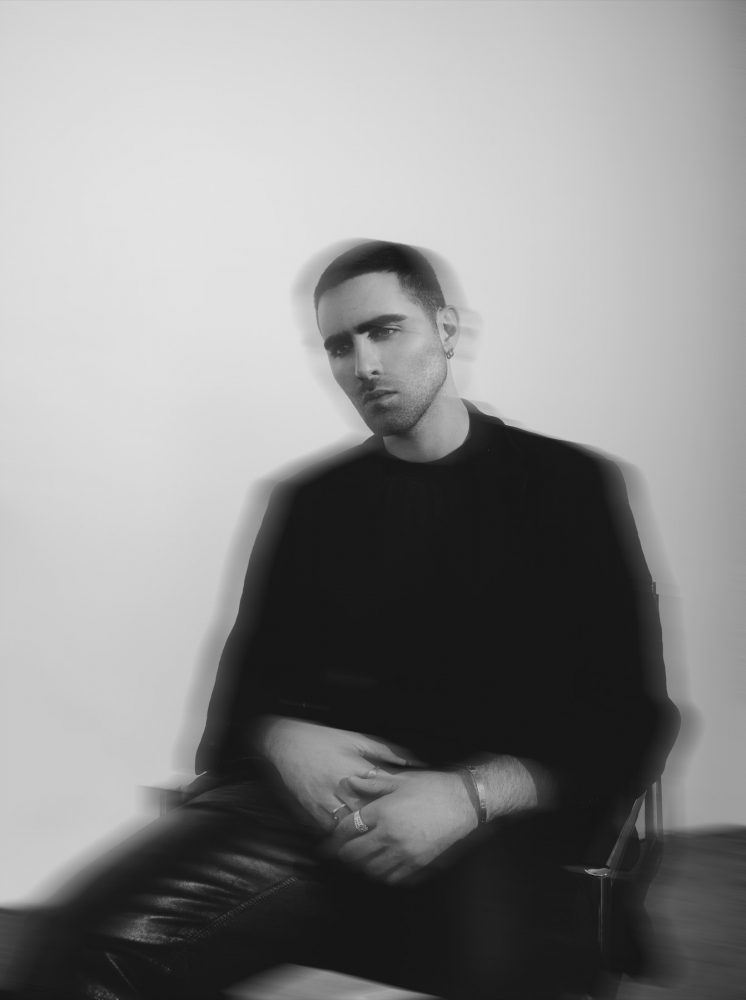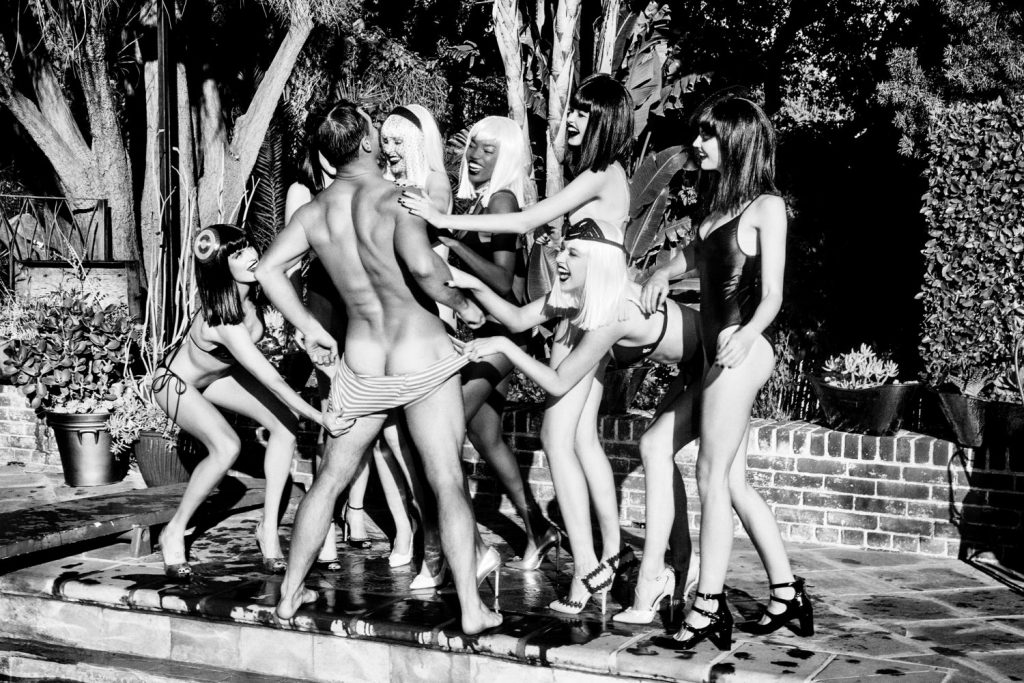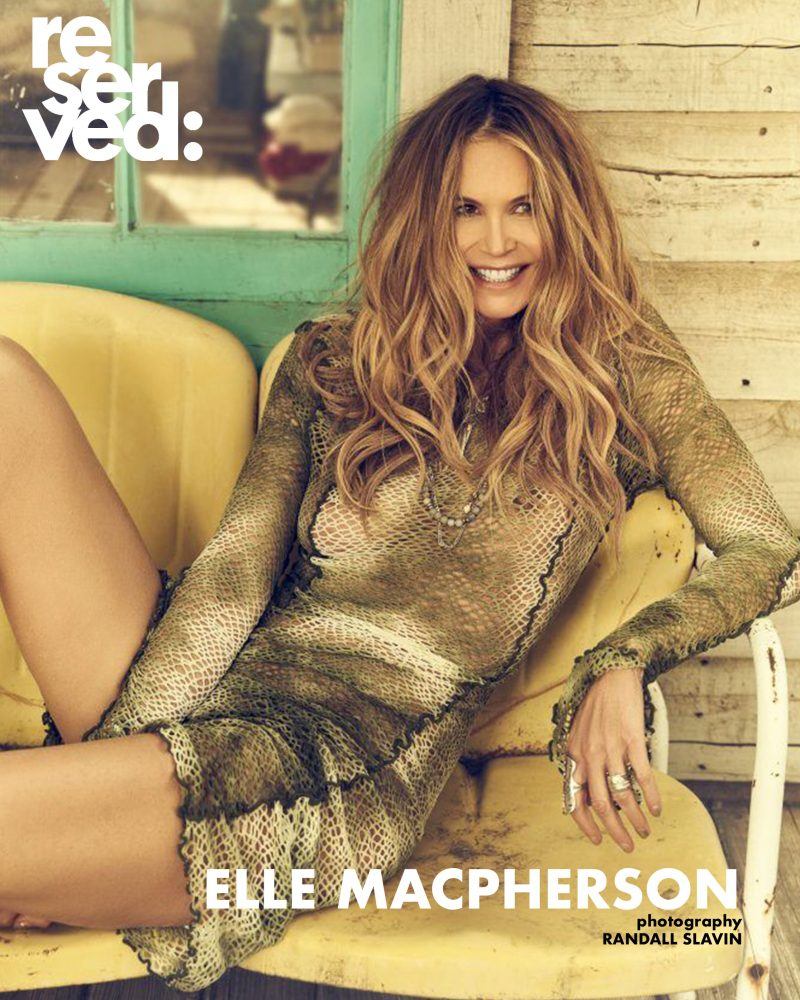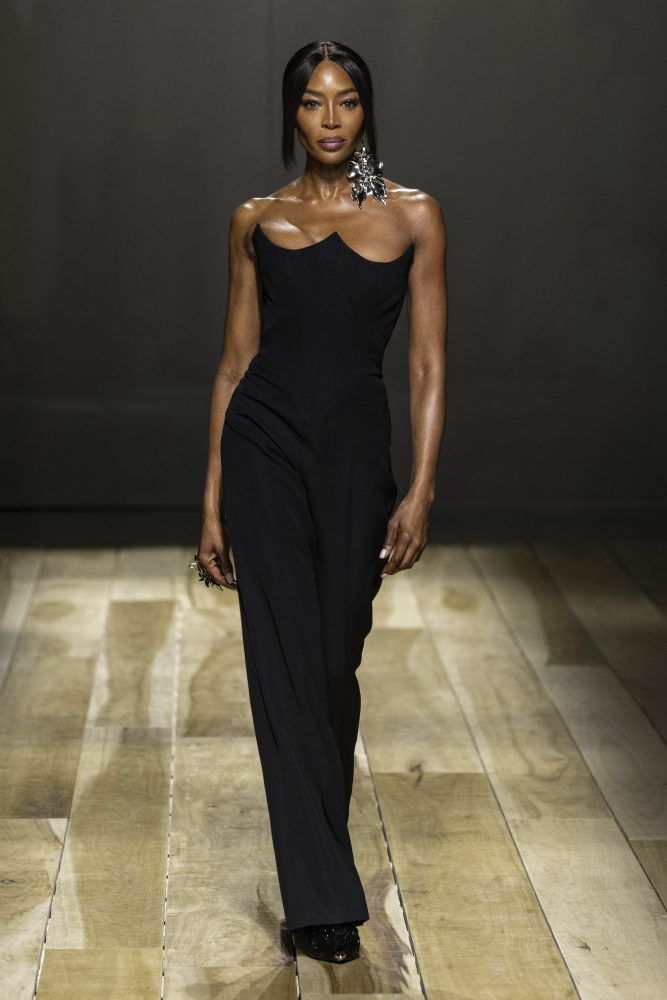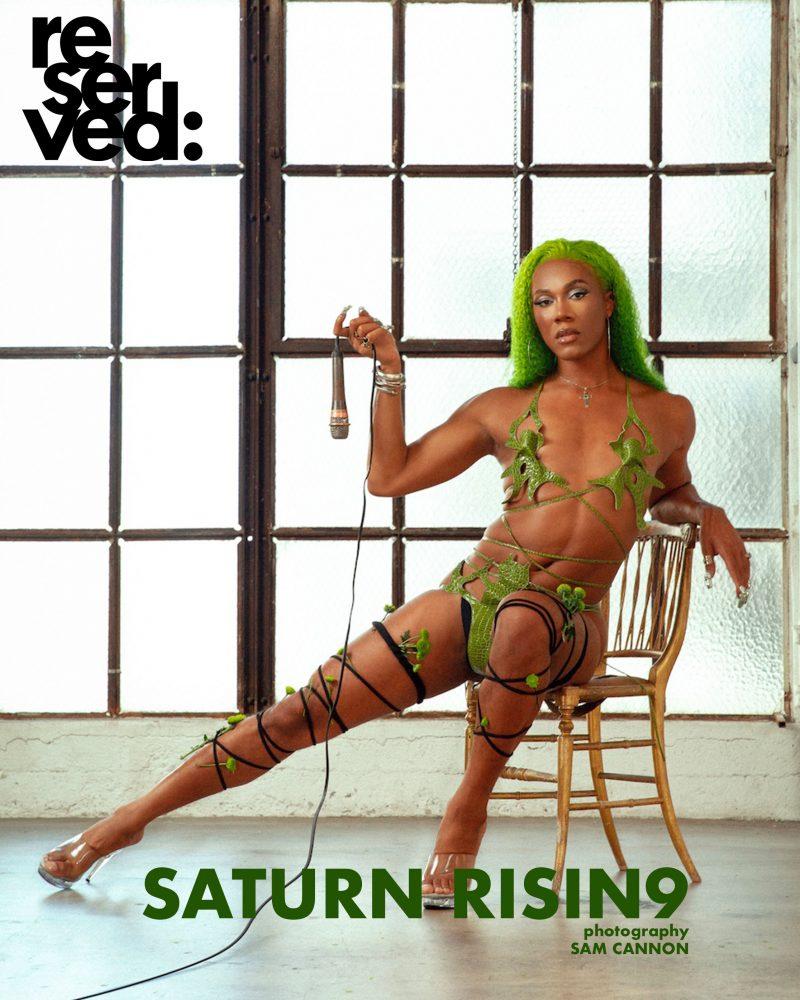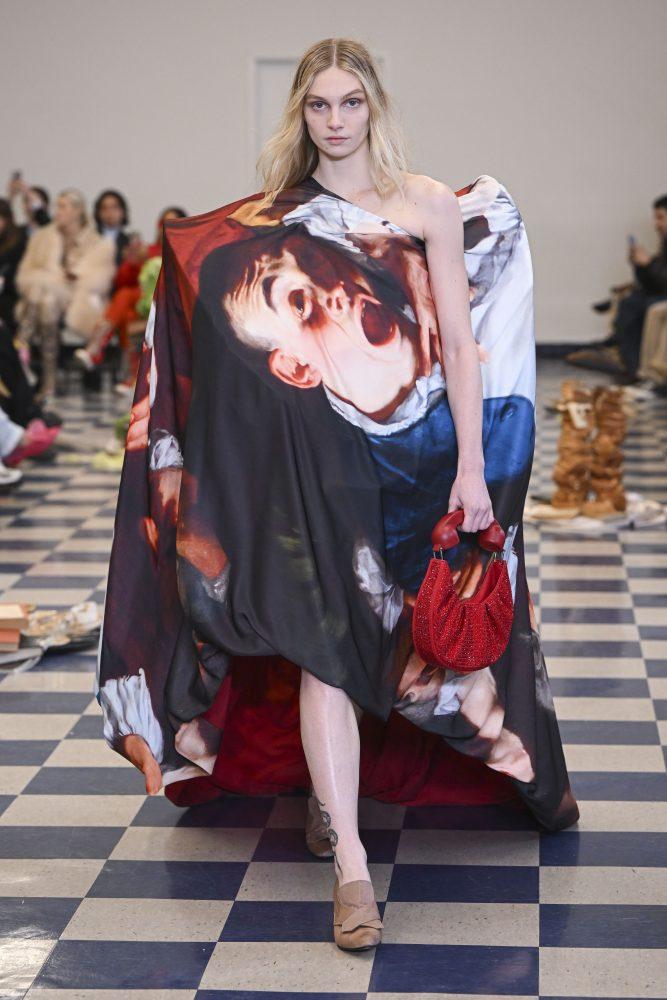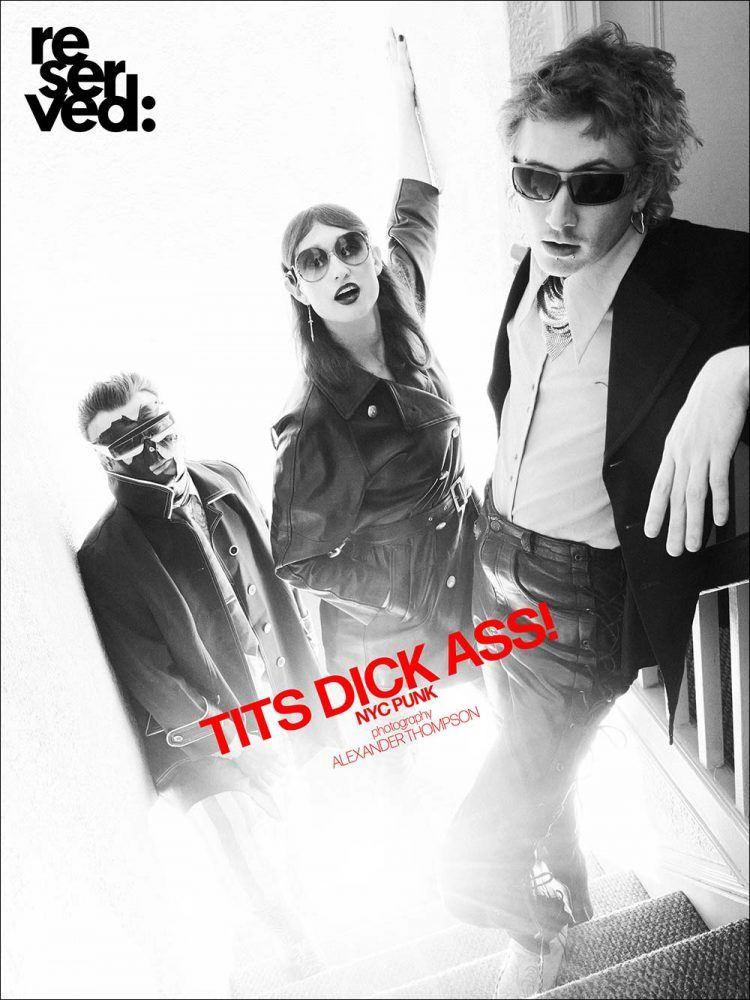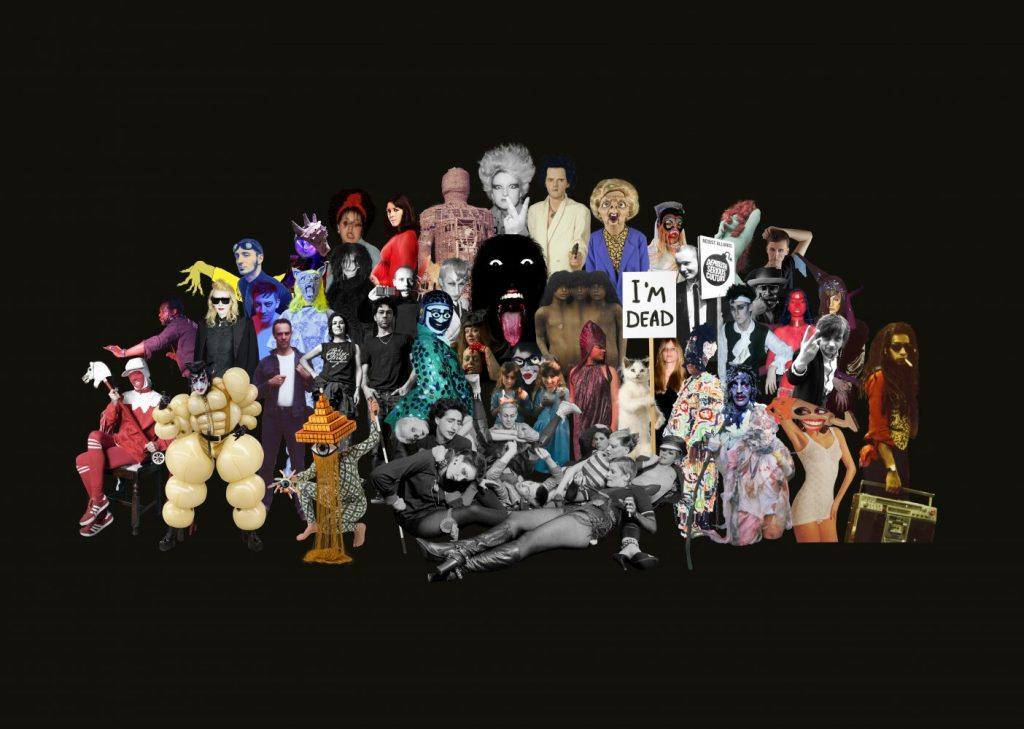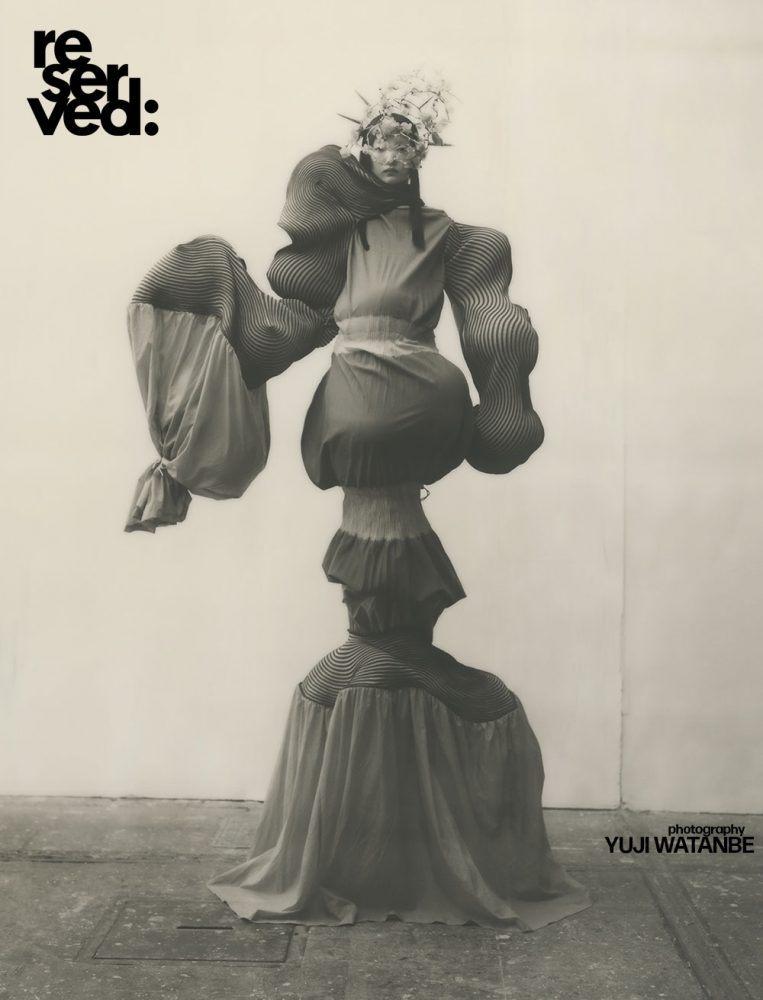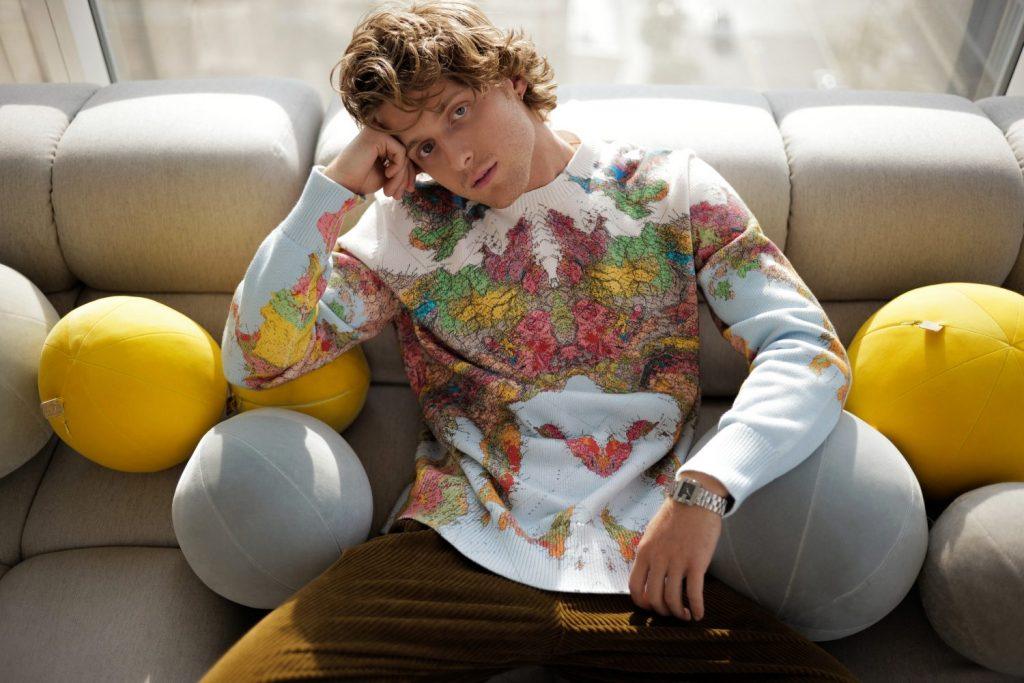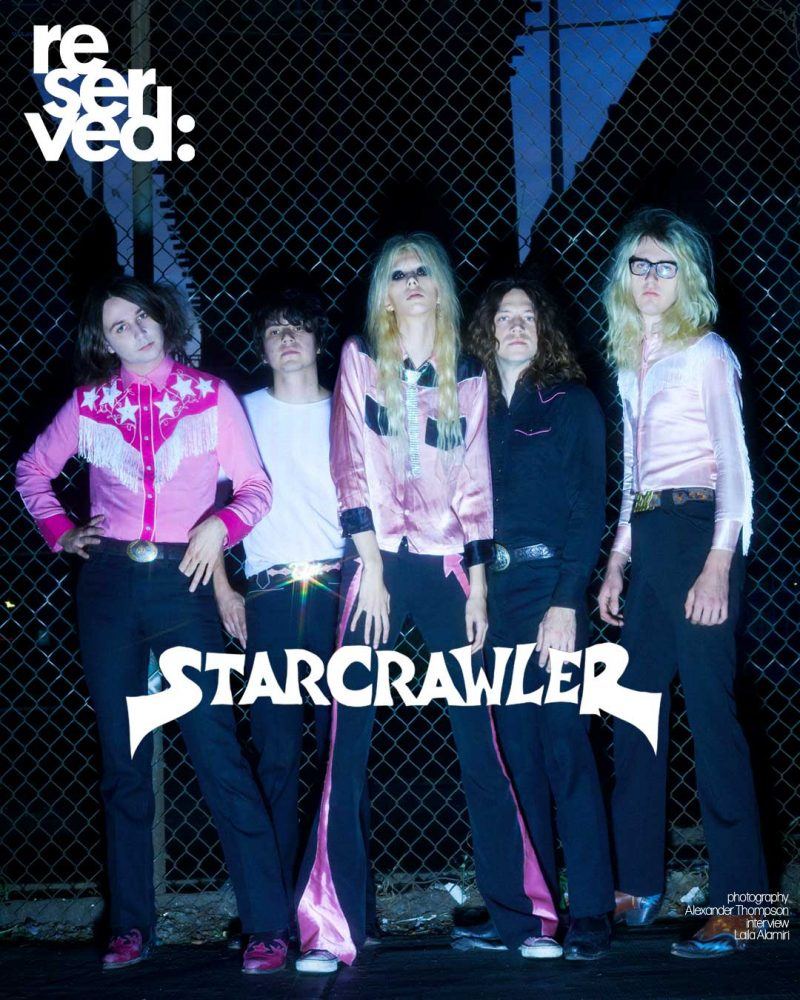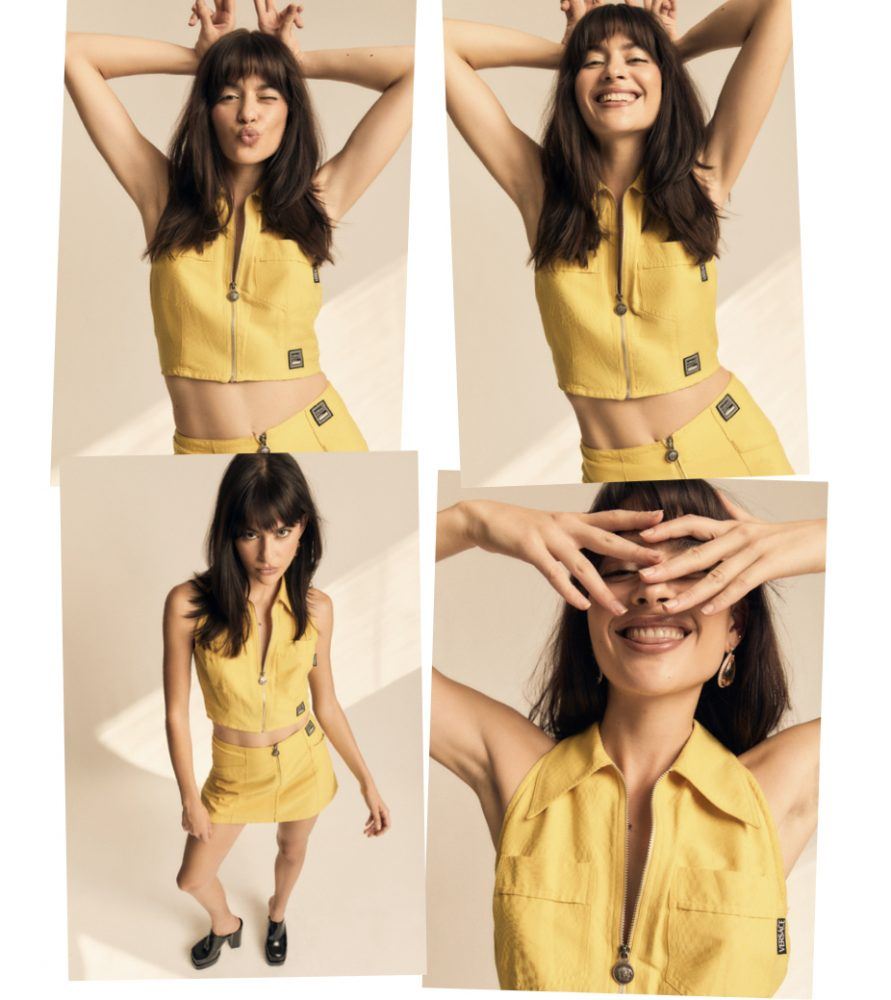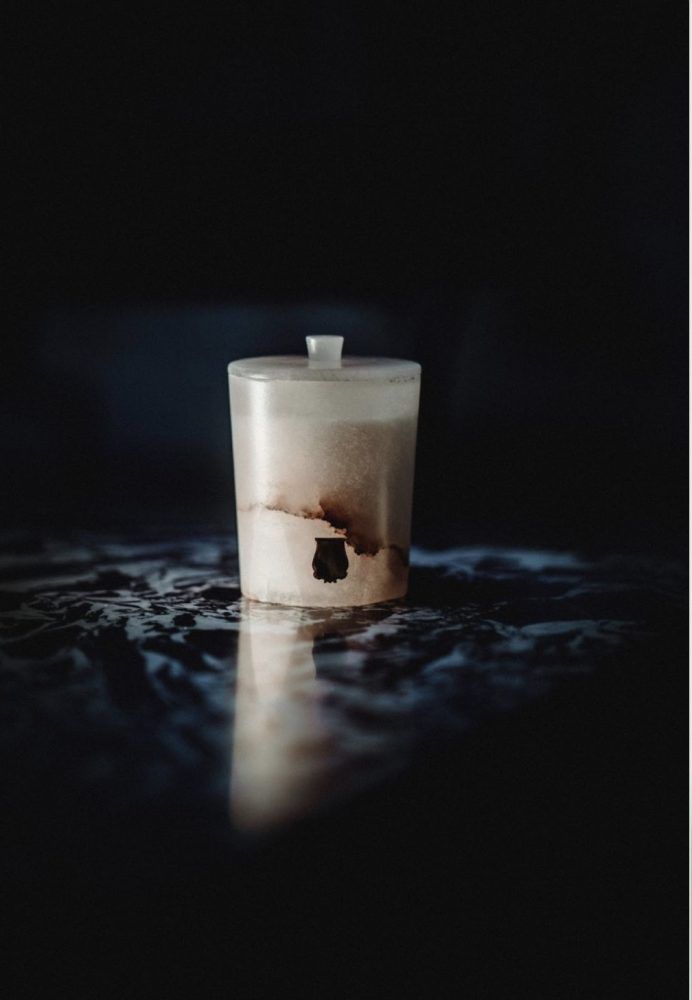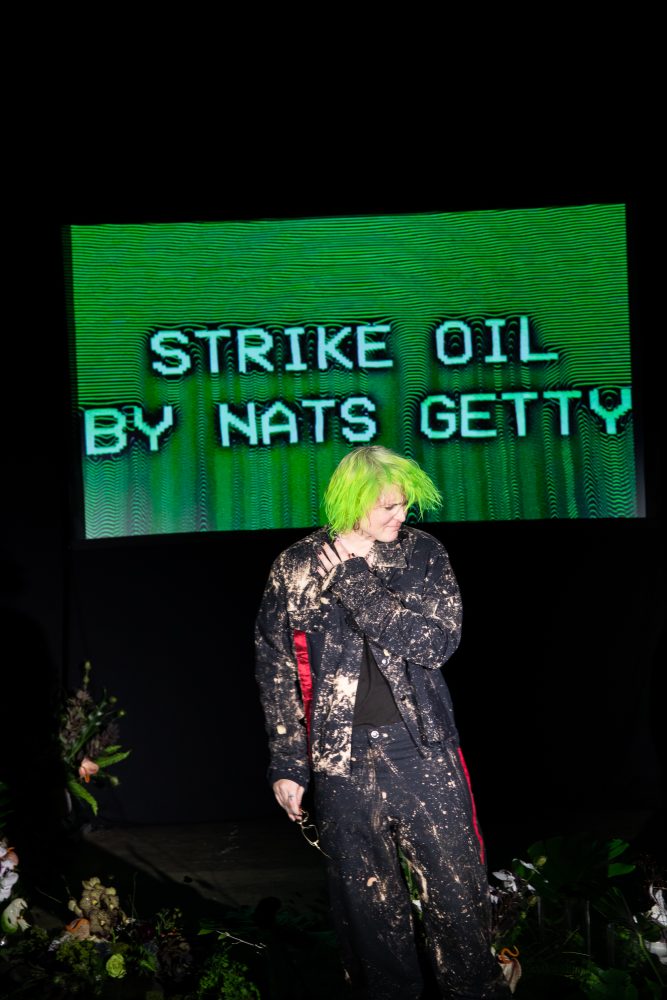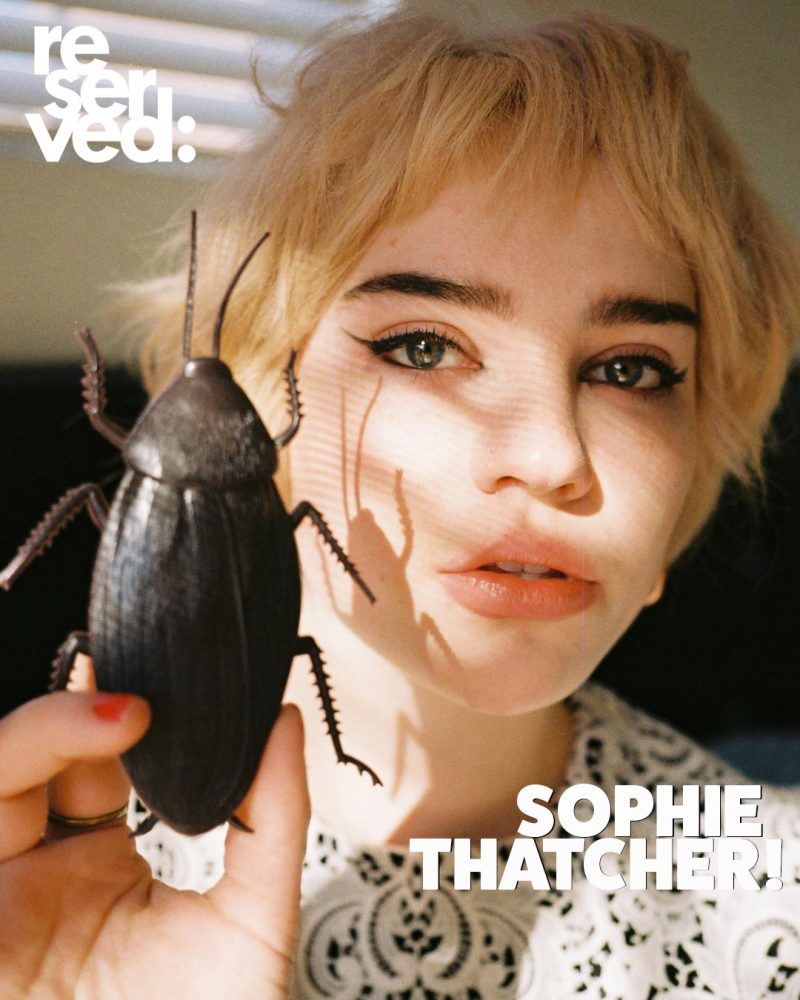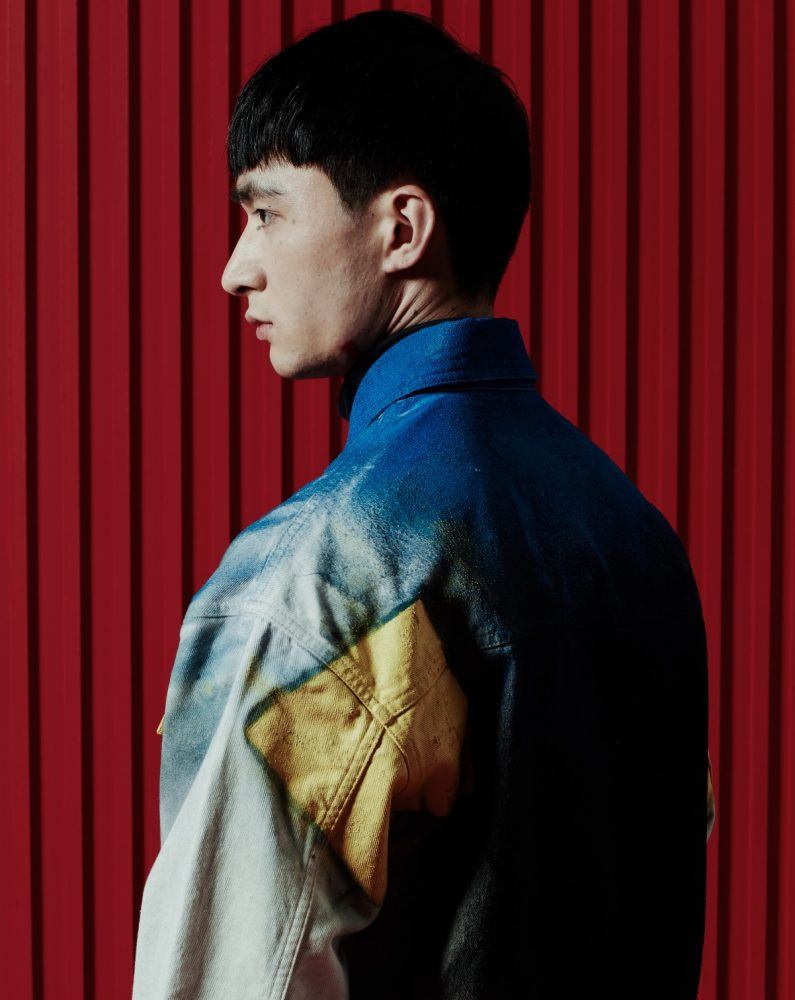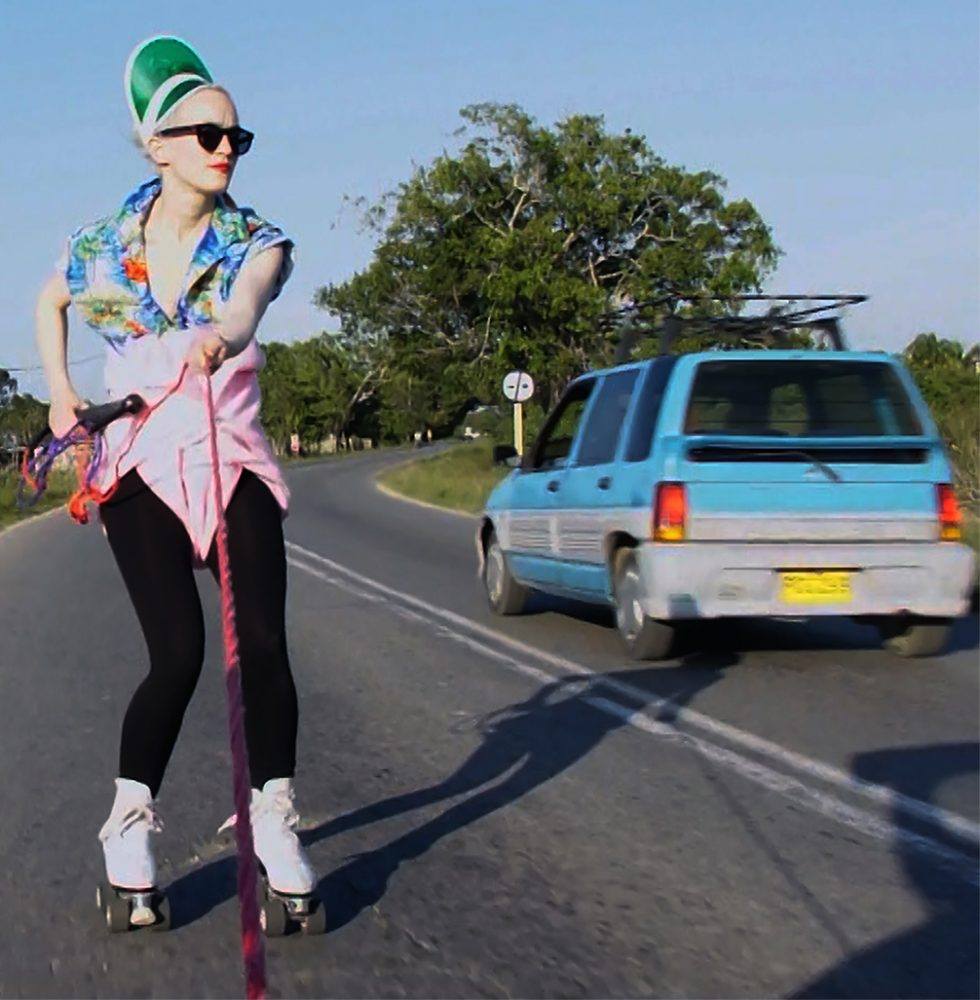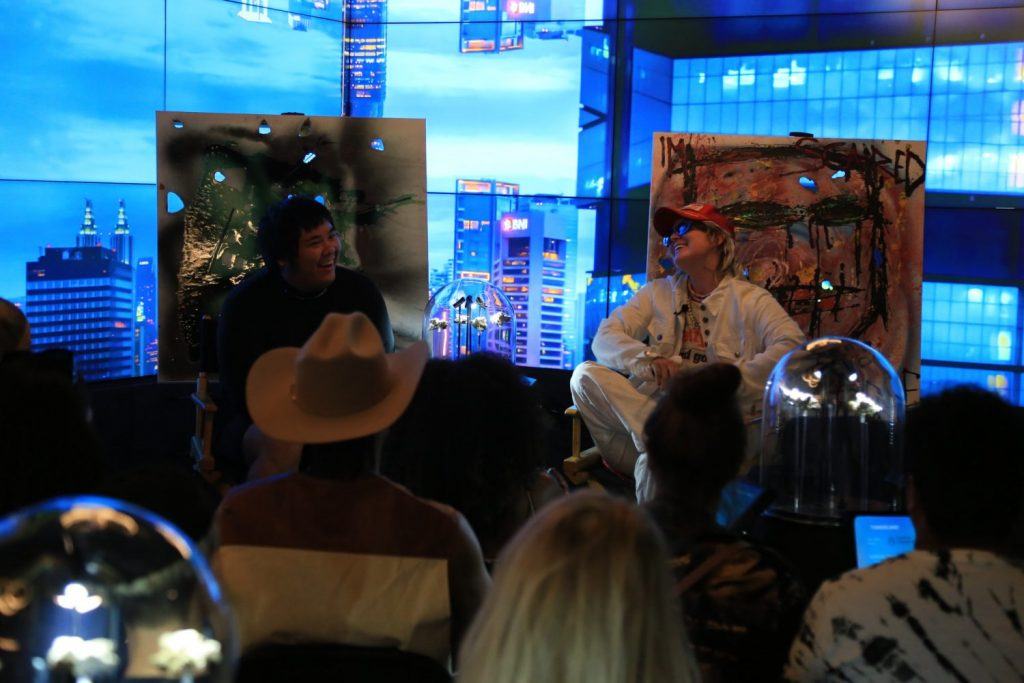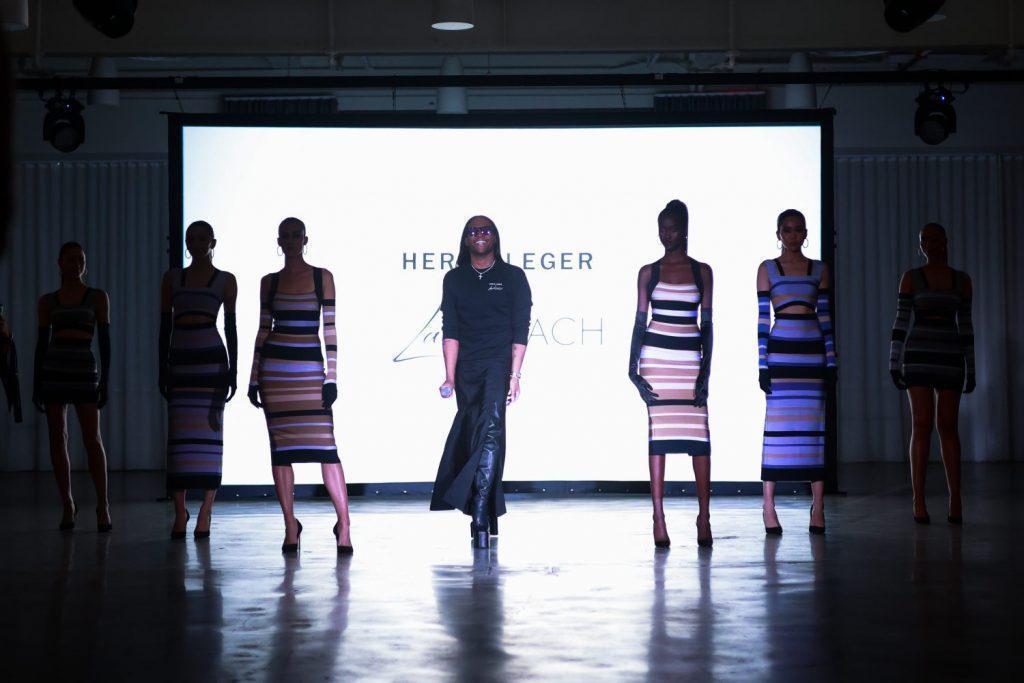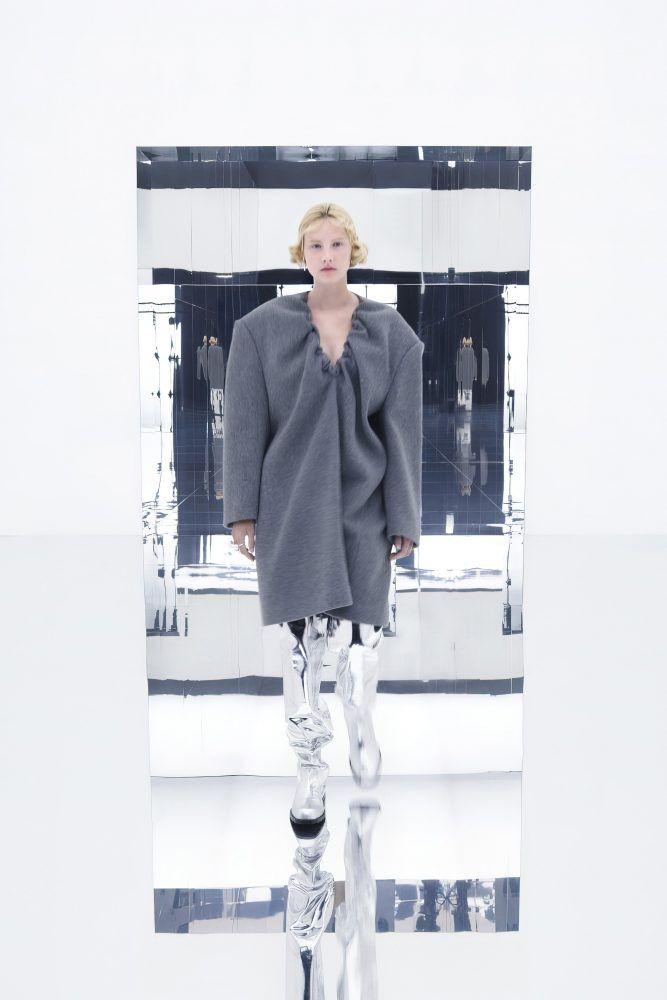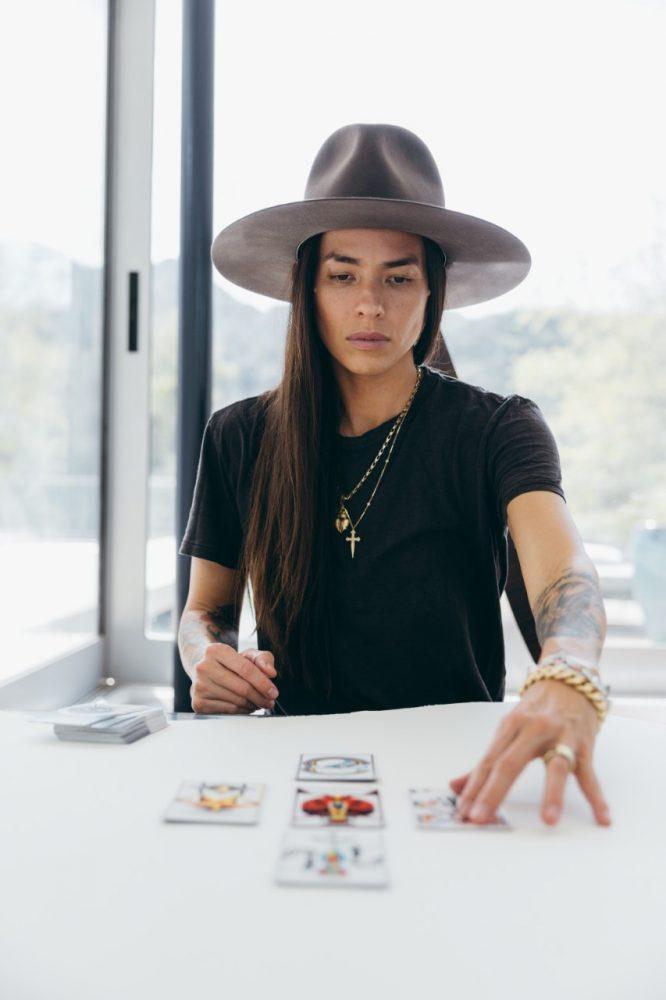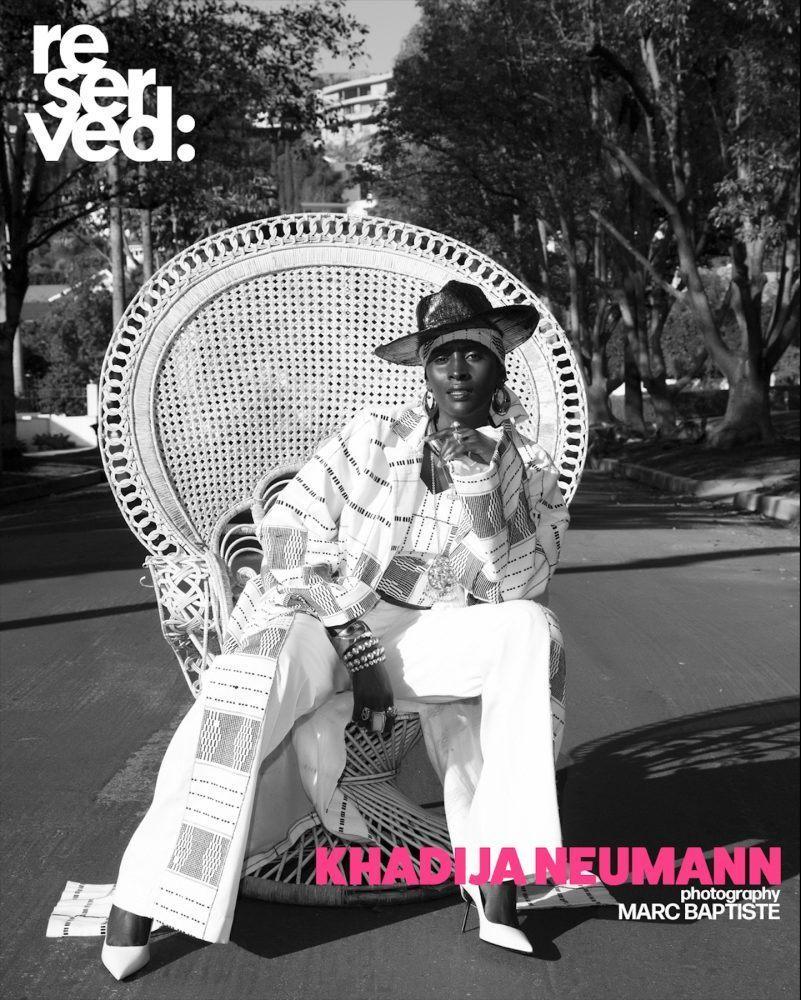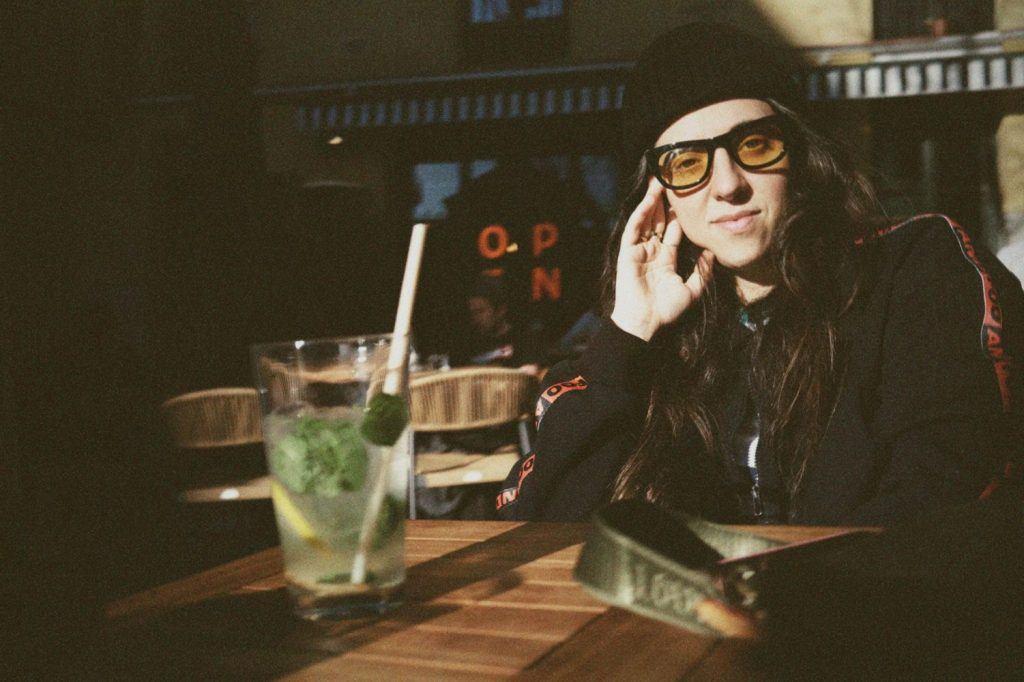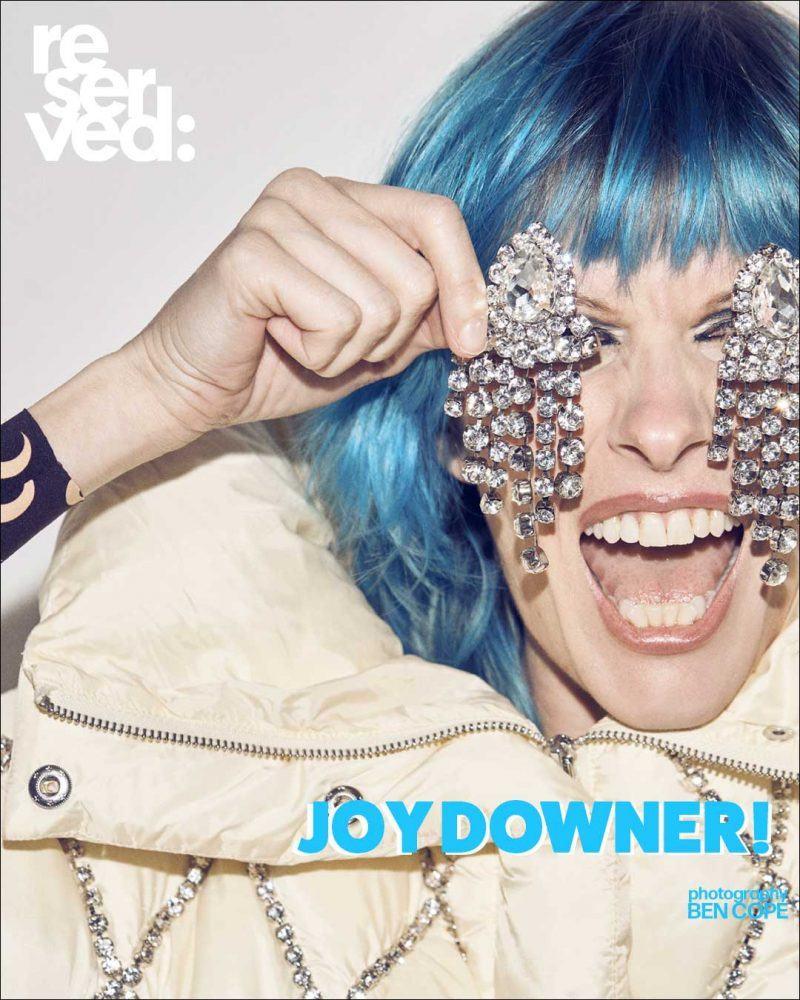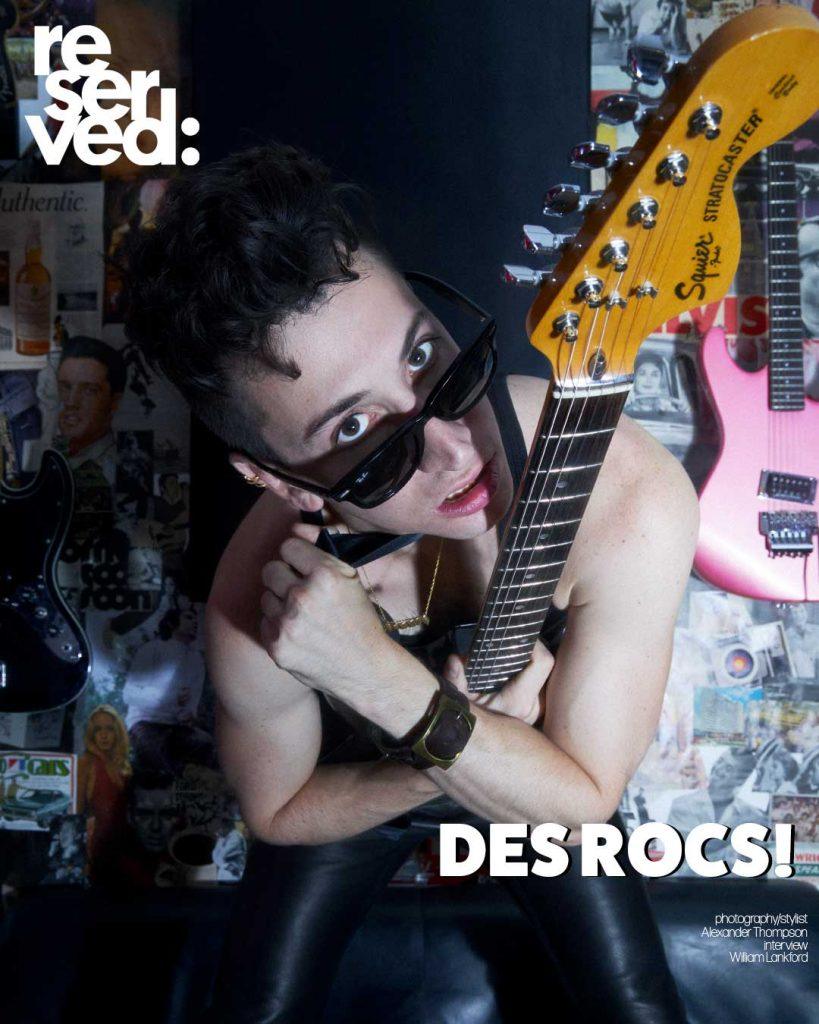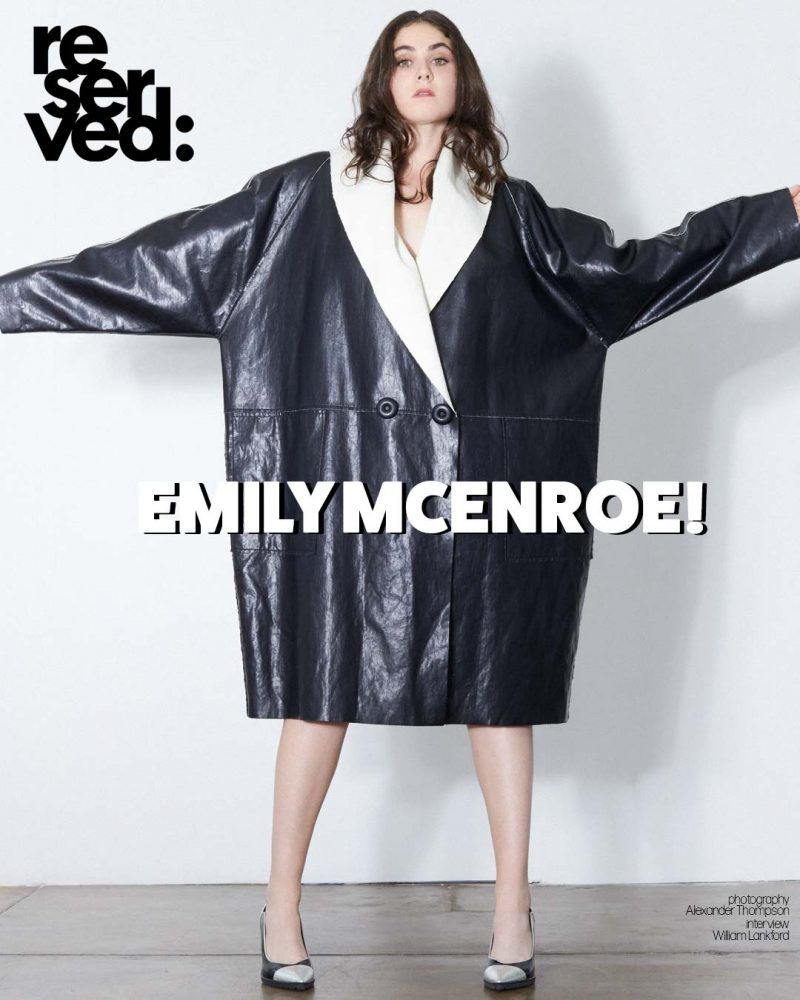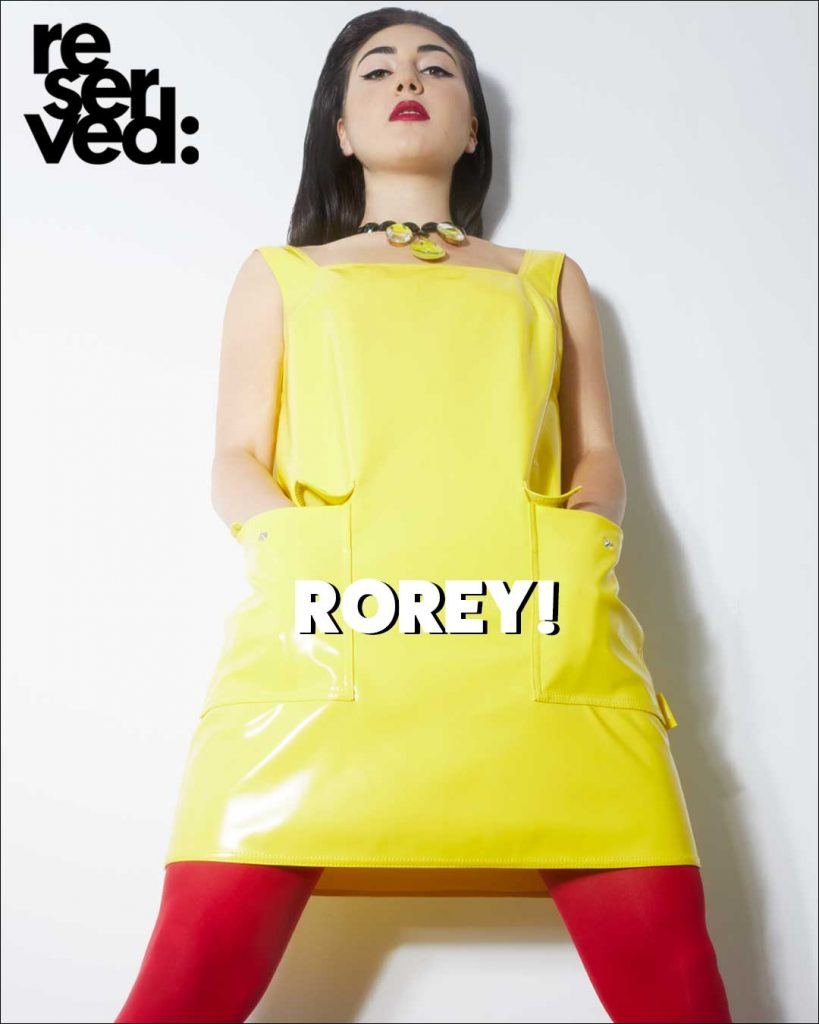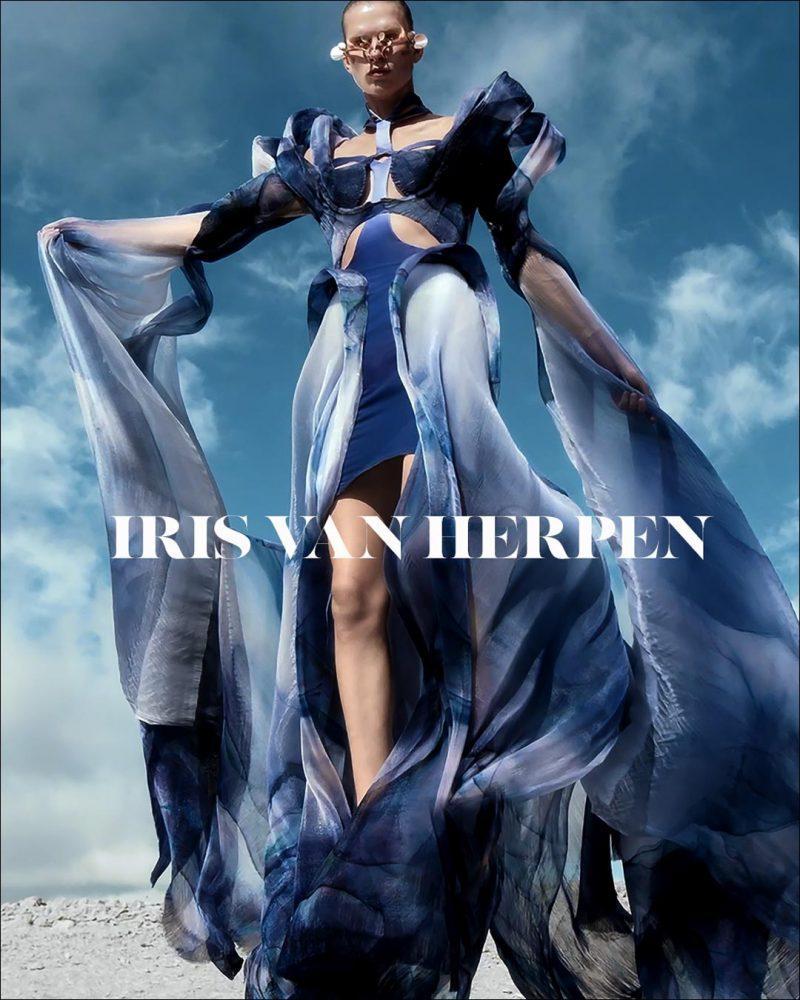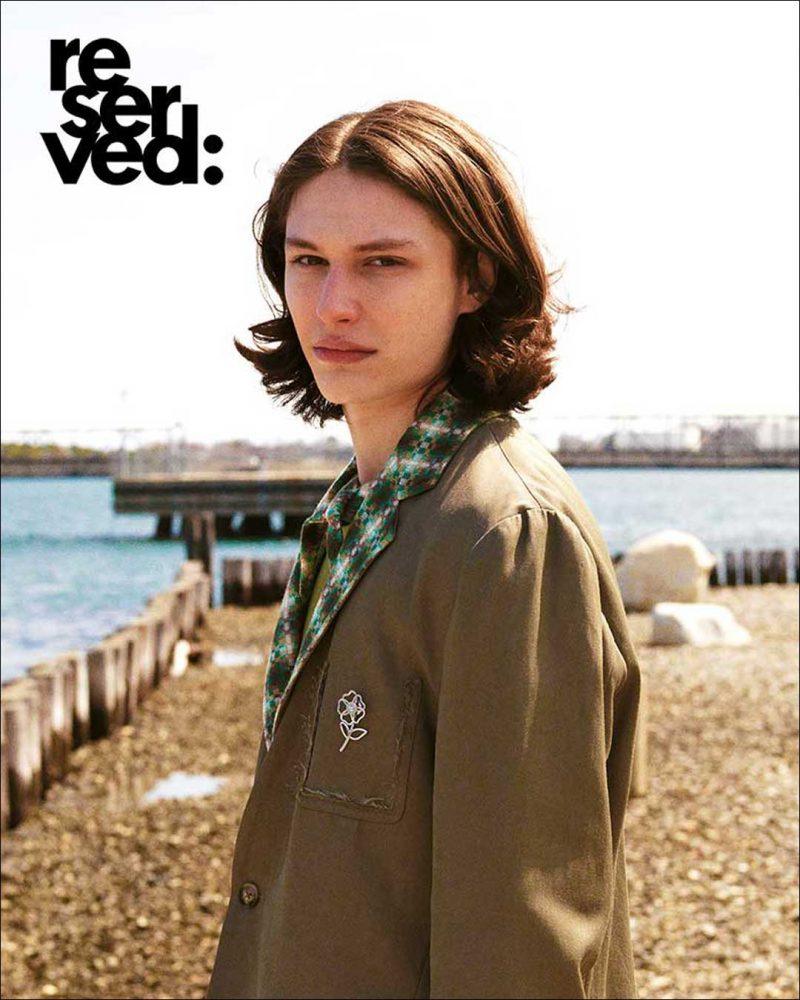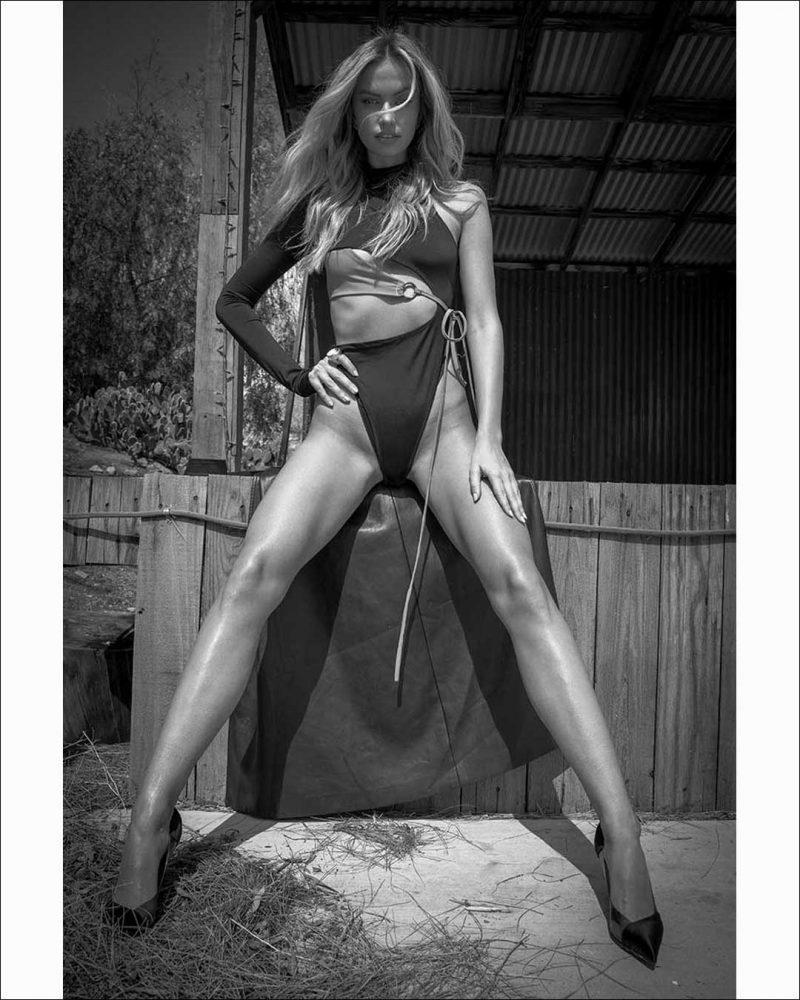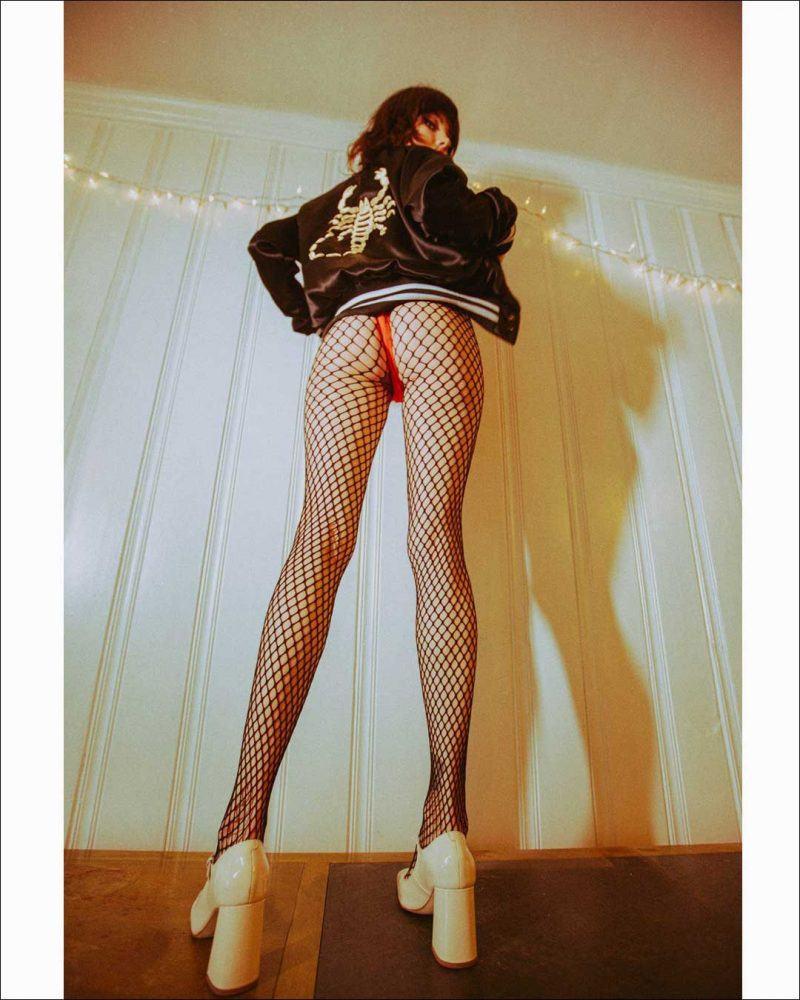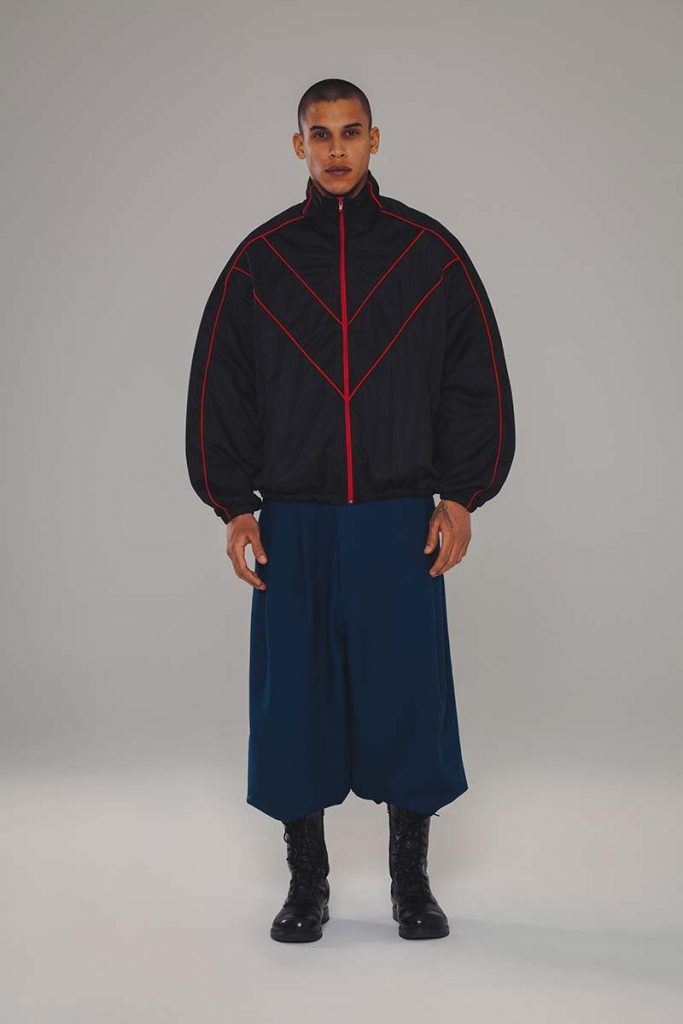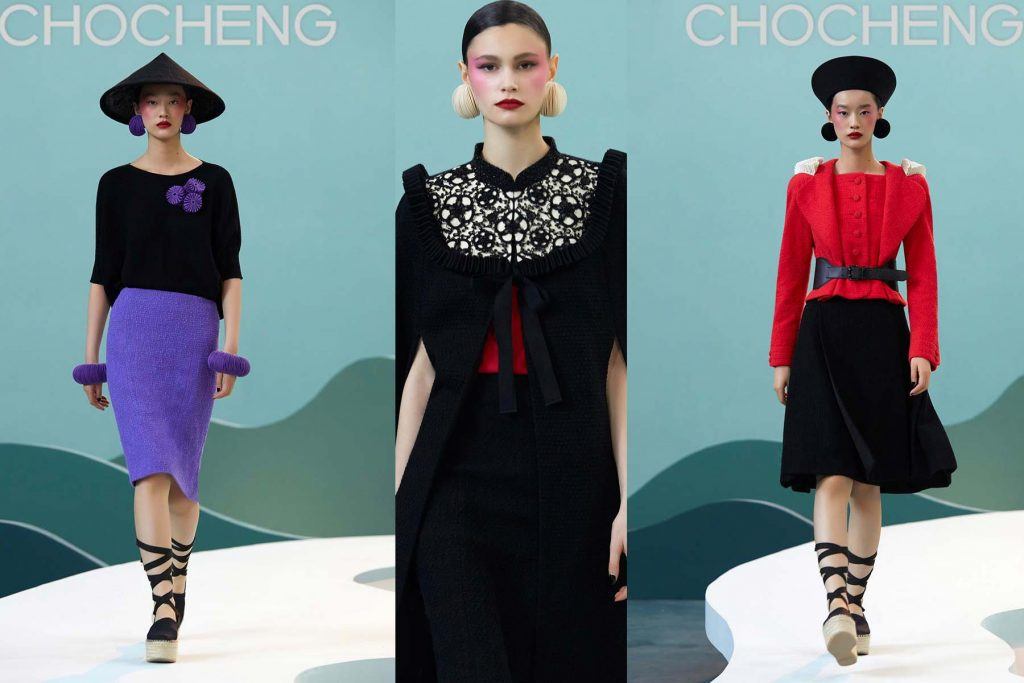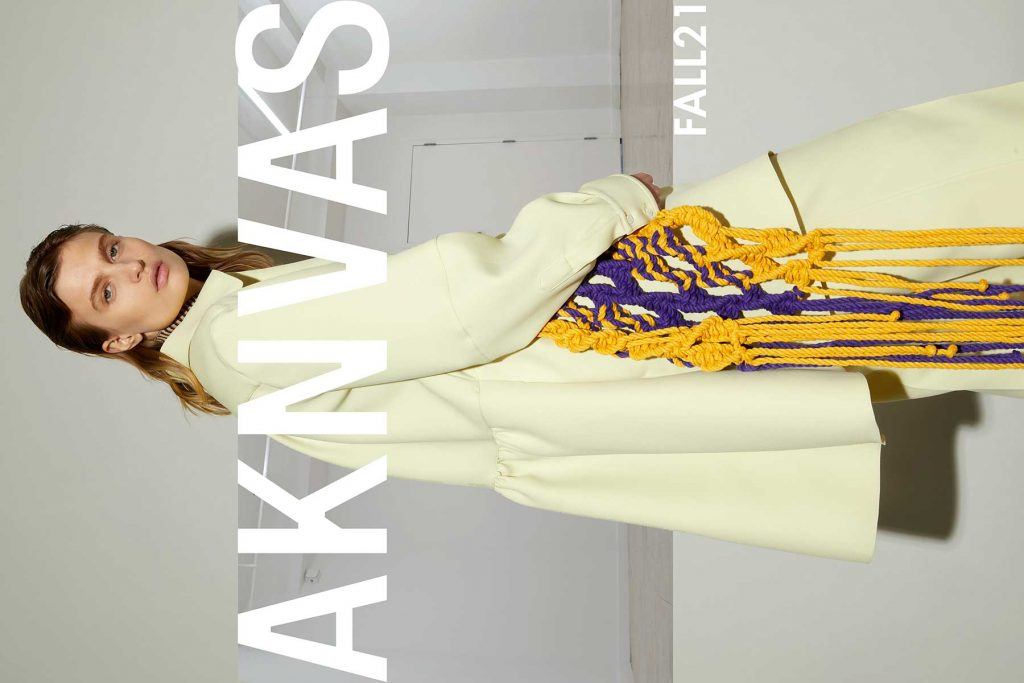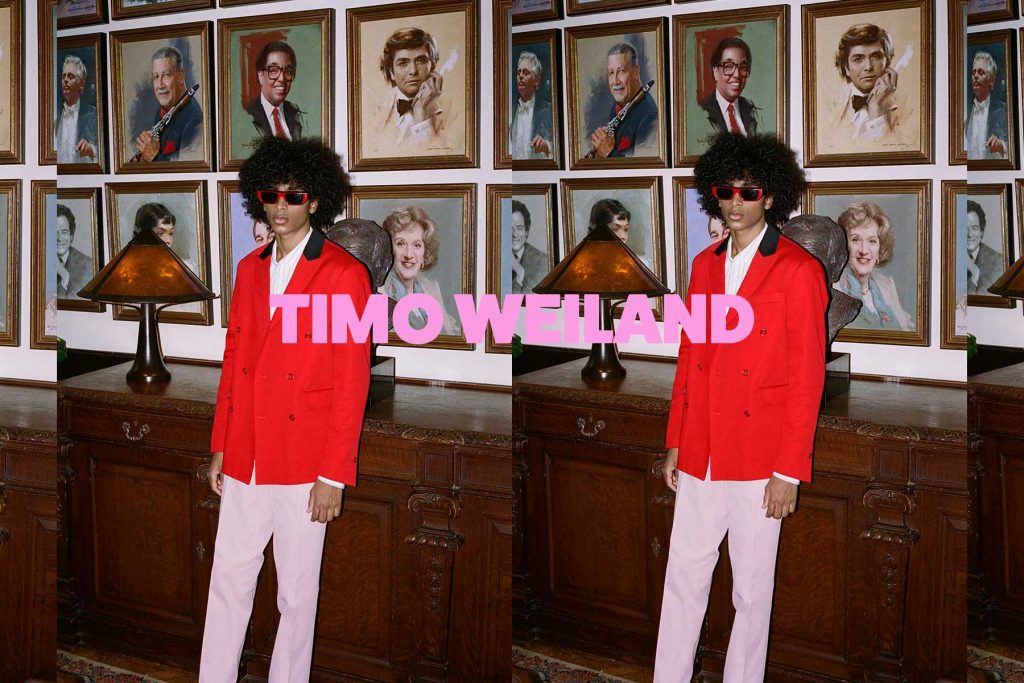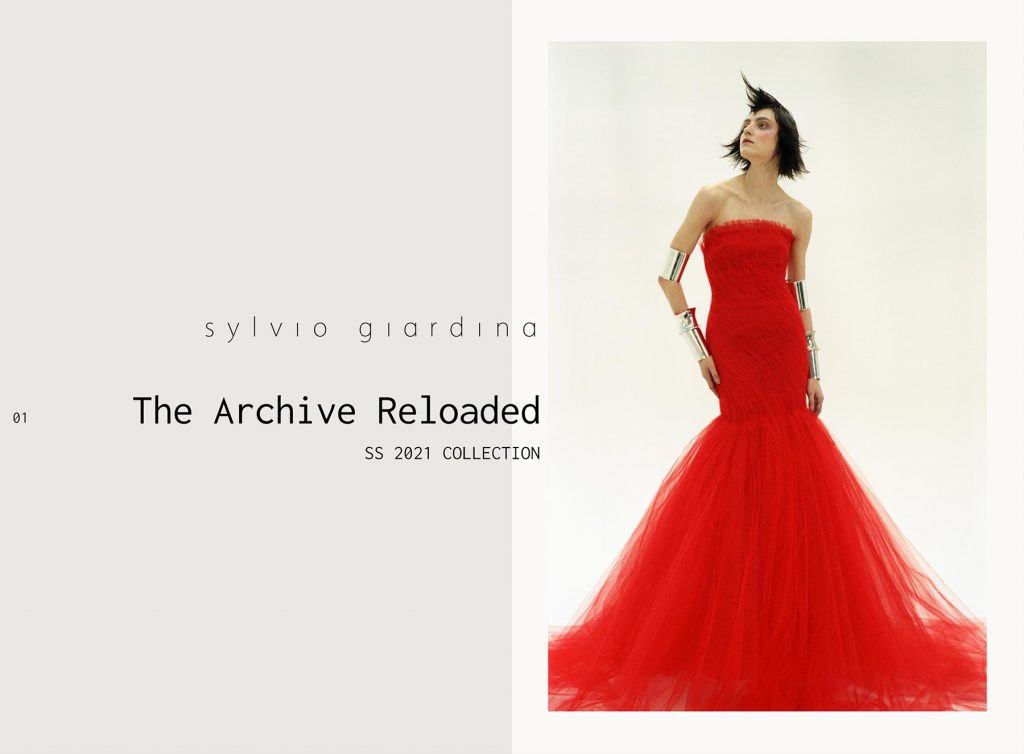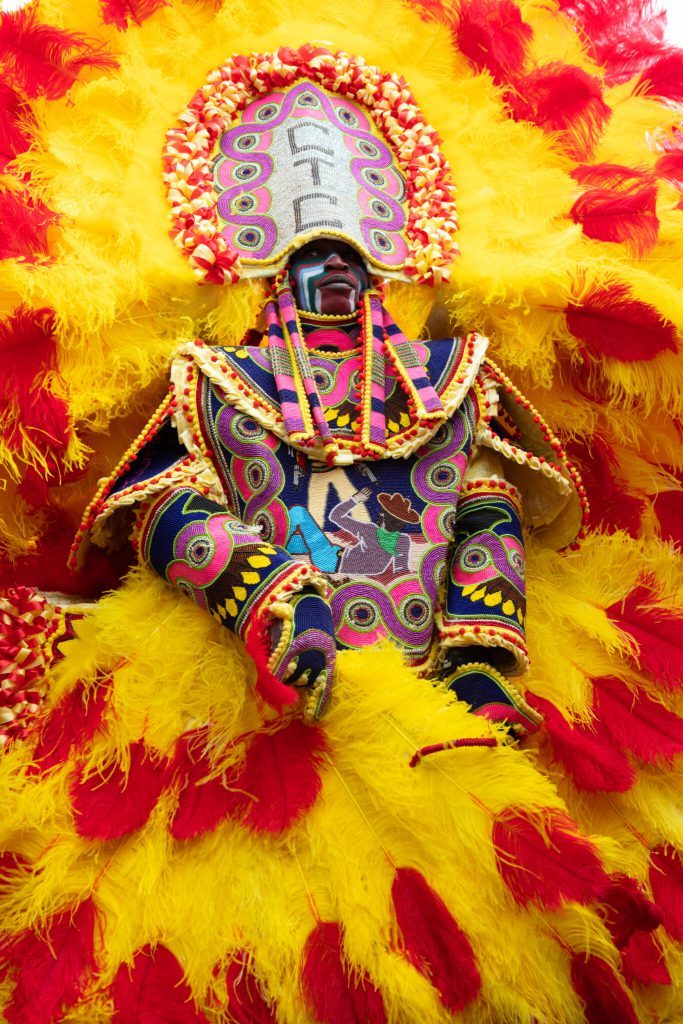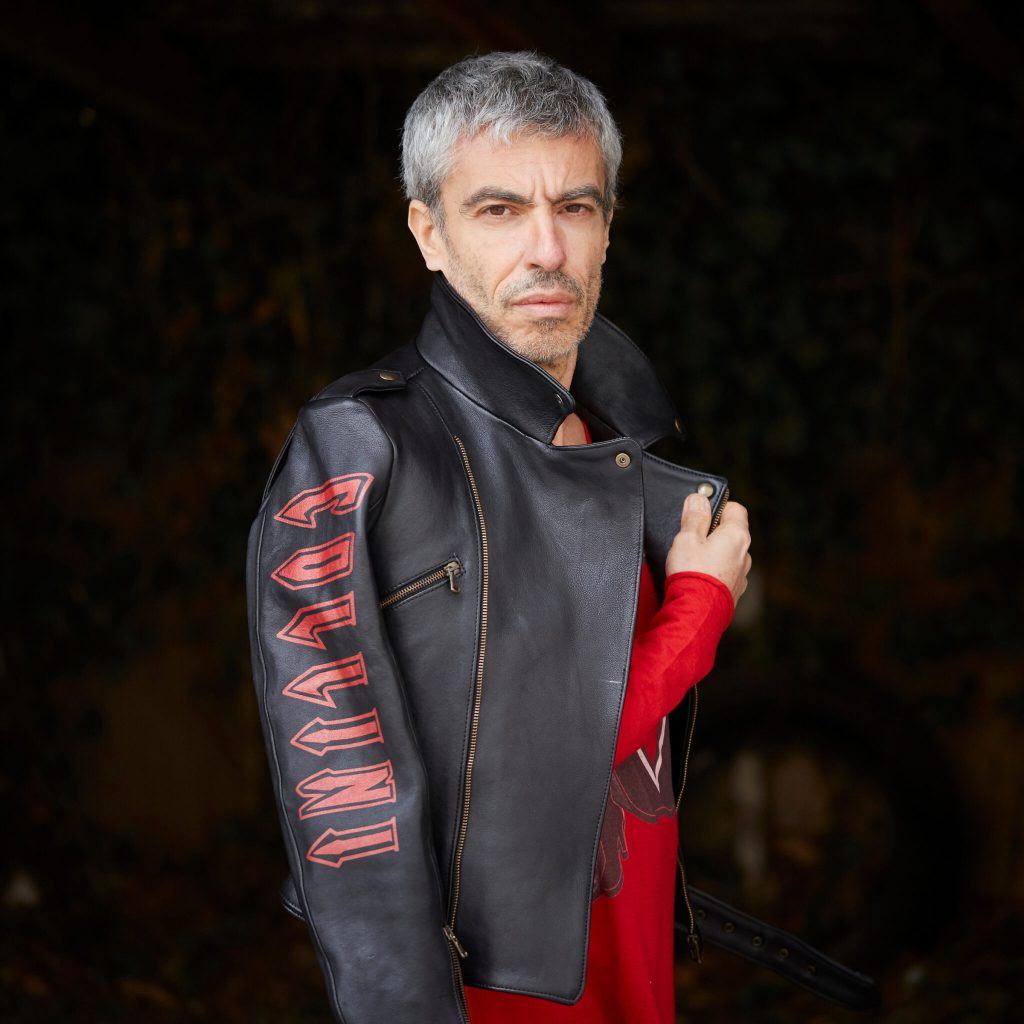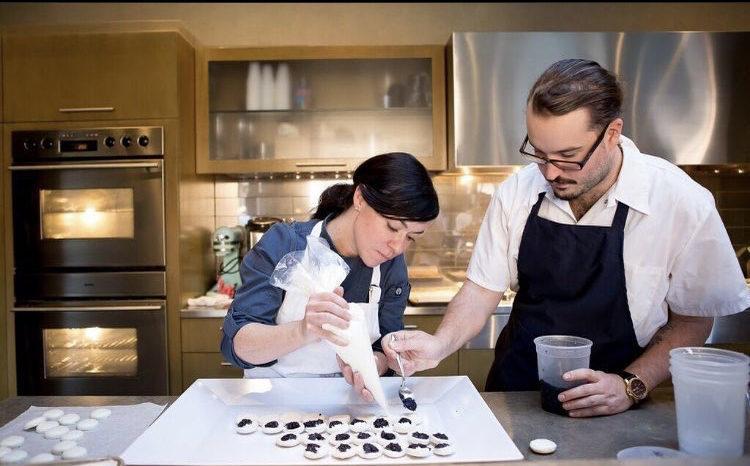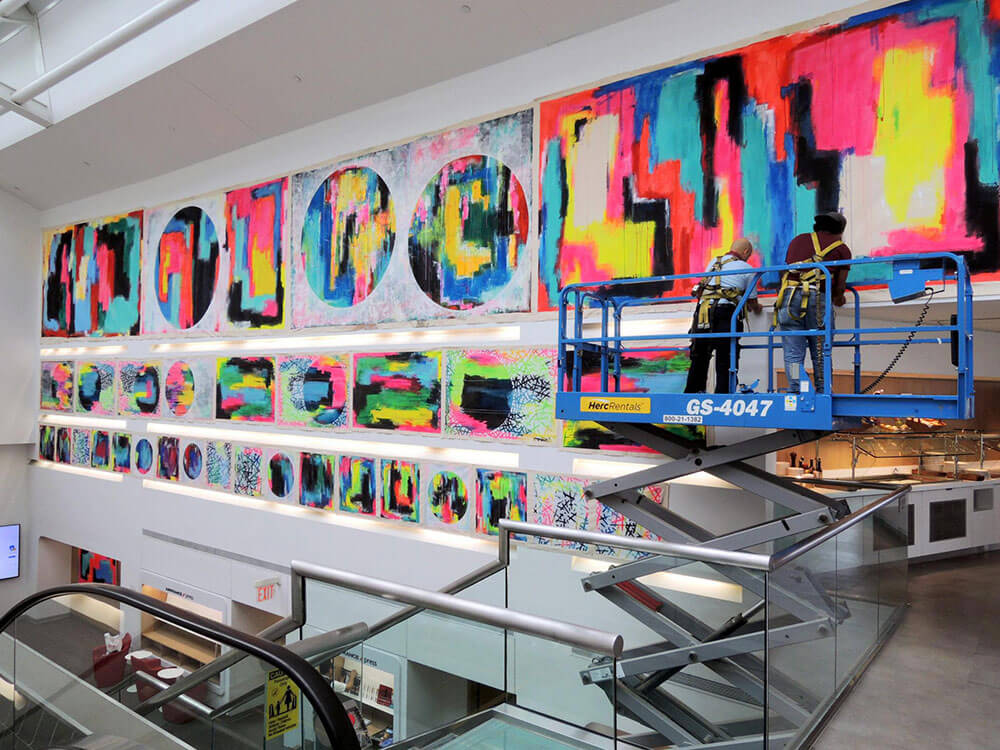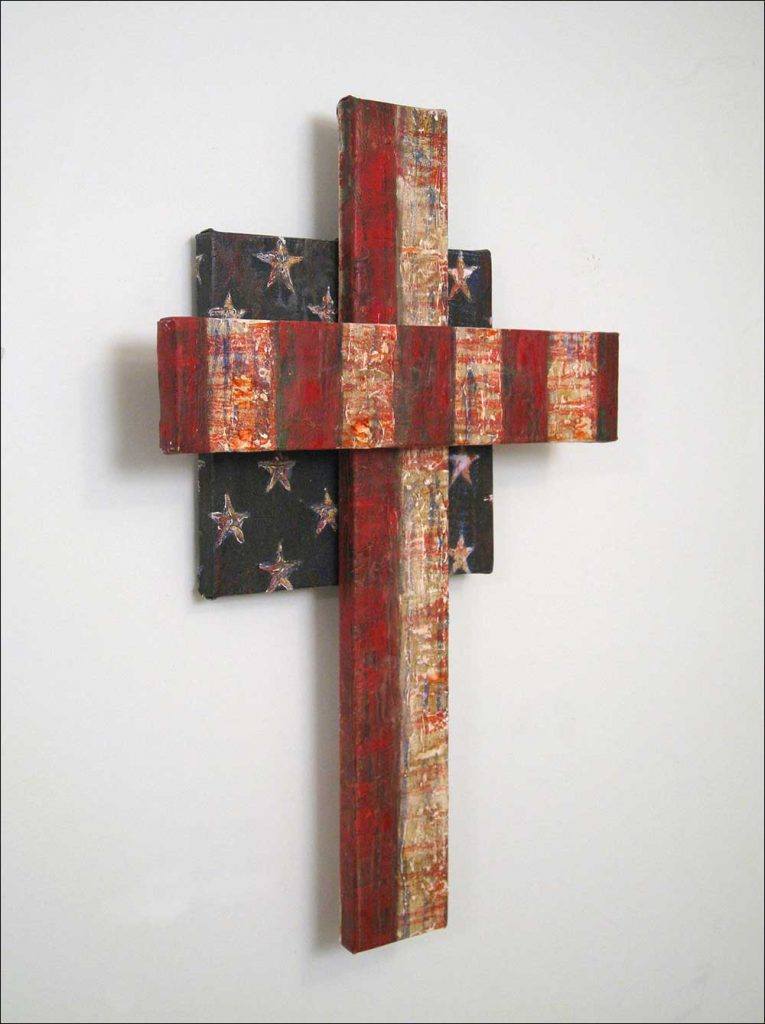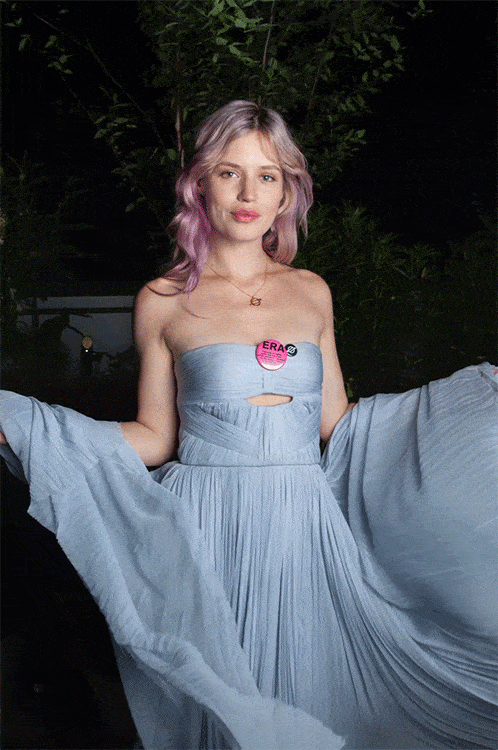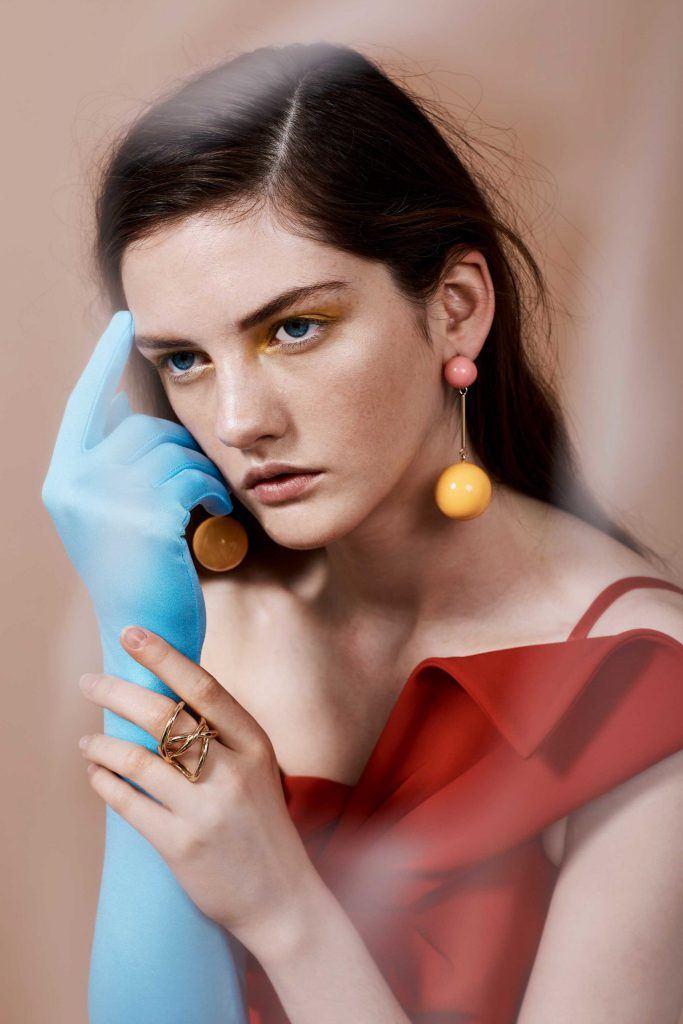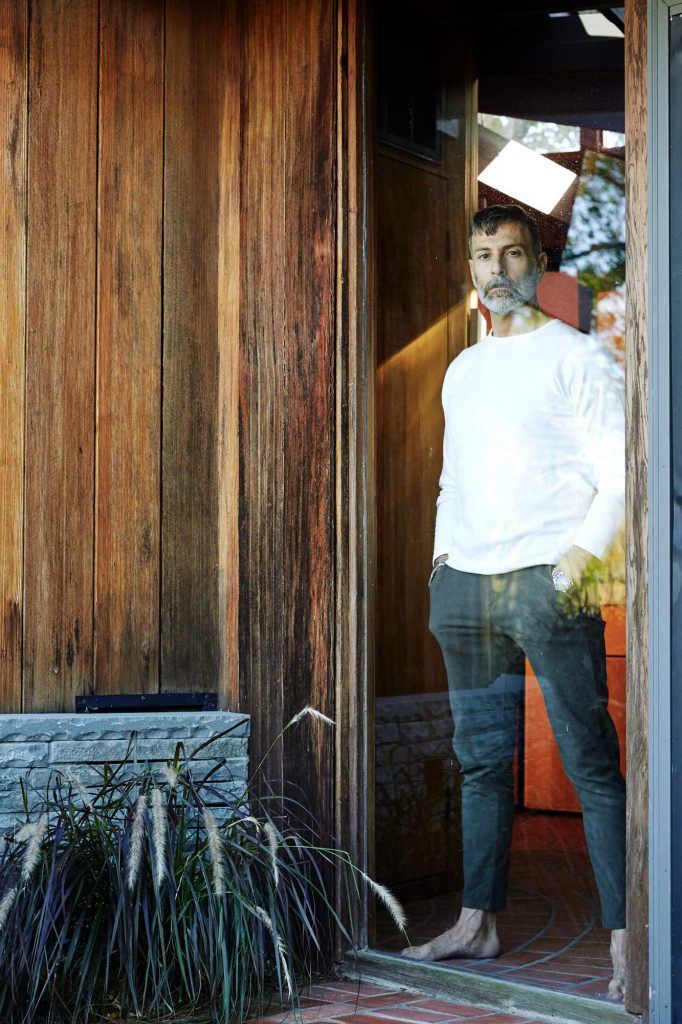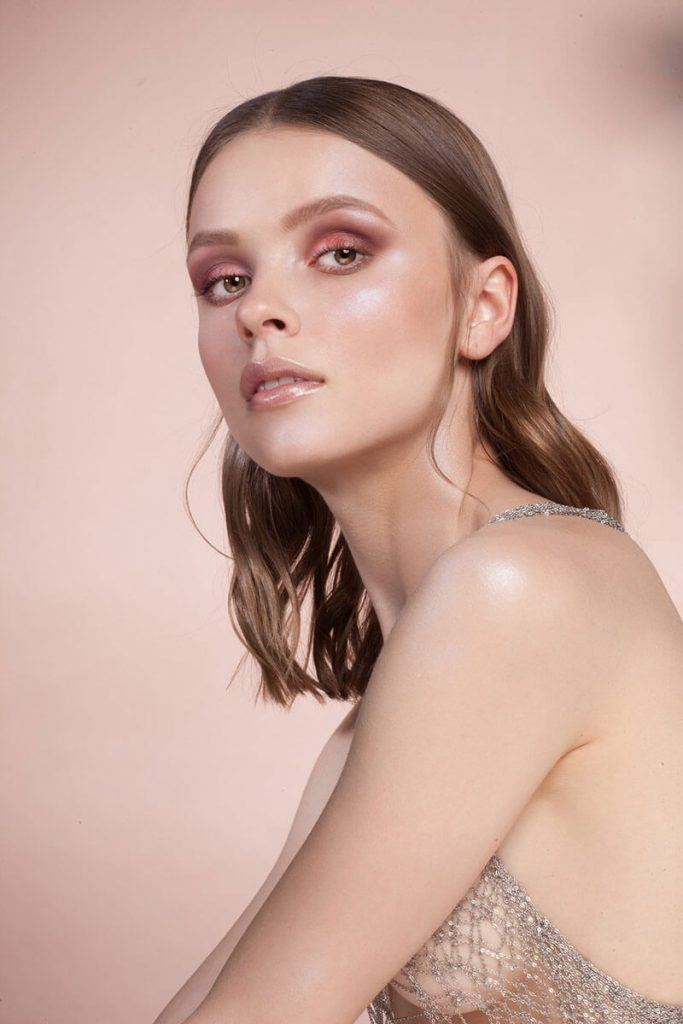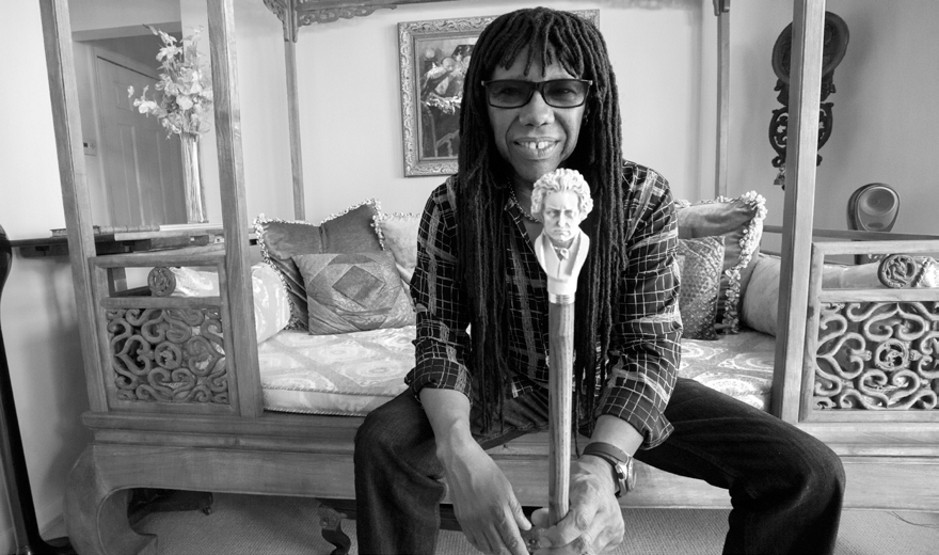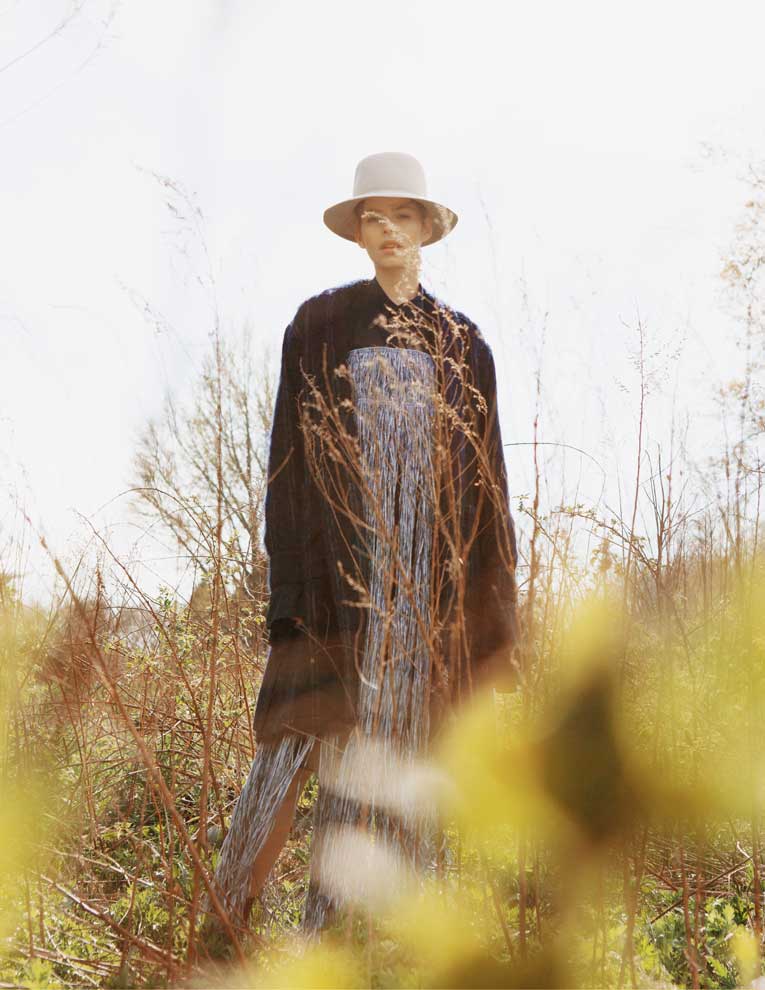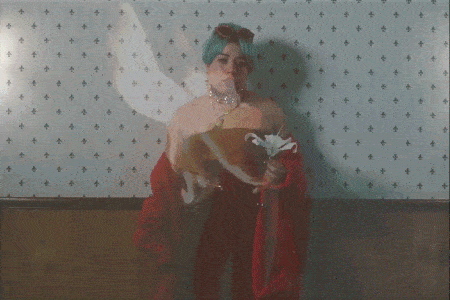

It’s been nearly 3 years since encountering Arielle Pytka’s work of large scale paintings of alien terrain and the endless expanse of the world she created. Through evoking the thoughts of travel and explorations into new waters she conjured up a world that in the most daunting moments of the last few years would be a perfect getaway. With her latest installment Archipelago Continuum presented at Just One Eye she delves into the continuation of mapping out her dreamy imaginary new topography as it also served to fuel the lust of wanderlust and sojourn into the depths of the unknown.
Pytka herself has long had a relationship with water and sailing and surfing having been a member of Quicksilver/Roxy’s team and traversing the Atlantic twice in a vintage sailboat. Her team’s work has yield several international awards including the highly coveted Panerai Transatlantic Classique. With her nautical background and a strong devotion to her craft Reserved spoke with the literal mermaid about her dreamy explorations, 17th century cartography and her literary inspiration, as well as her upcoming photo work.

 There is such a dreaminess and thoughtful aspect of exploration in your work, as this selection of work was created during the pandemic did you have any foresight into the way which it would further spark people’s personal needs to travel and the surrealist aspect of something so close yet so far from normal?
There is such a dreaminess and thoughtful aspect of exploration in your work, as this selection of work was created during the pandemic did you have any foresight into the way which it would further spark people’s personal needs to travel and the surrealist aspect of something so close yet so far from normal?
Thank you, I love hearing words like “dreaminess” used to describe my paintings. I did not have any foresight into how it would speak to others, but I certainly hoped it would help them daydream of places unknown during a time of stress and uncertainty. I only really knew how it spoke to me, and how necessary the practice was to get me through such a strange couple years. All I wanted was to set sail and go explore, but for the first time ever, in my lifetime at least, the world was closed. Borders were closed, entire countries were closed, even the beaches were closed at one point. Not even being able to walk out onto the sand and dip my toes in the Pacific like I do almost every day, was hugely constricting in every sense. I had to channel that bottled up energy into the paintings. I think the sense of longing is palpable in these pieces. For the record and for my own sanity, I still went to the beach during lockdown, jumped in the ocean as quickly as I could and got chased away by police. Luckily, I was able to outrun them.


As this is a continuation of your first show with Just One Eye, what was going through your mind as you were conceptualizing this follow-up. How did you decide on the massive scaling as well as the use of grays and black tones on the Nocturne and Tapis pieces?
I had been developing the Archipelago series long before my first show with Just One Eye. By the time I showed those paintings in 2019, I had become really comfortable and familiar with the process of making them. Prior to that show, I was still experimenting. So when it came time to get back in the studio, I was excited to go into it with a new found sense of confidence in my abilities to make exactly what I wanted. People often mention the scale of my work and how large they are. To me they are just the right size, if anything I’d like to go bigger. In my eyes, they aren’t big or small. They are simply the size they are supposed to be. I couldn’t imagine them in any other format. The use of grays and blacks was actually not a departure for me. A lot of my earlier work is much darker, and perhaps a bit gothic. The brightly colored paintings in the show are really more surprising considering my past work.

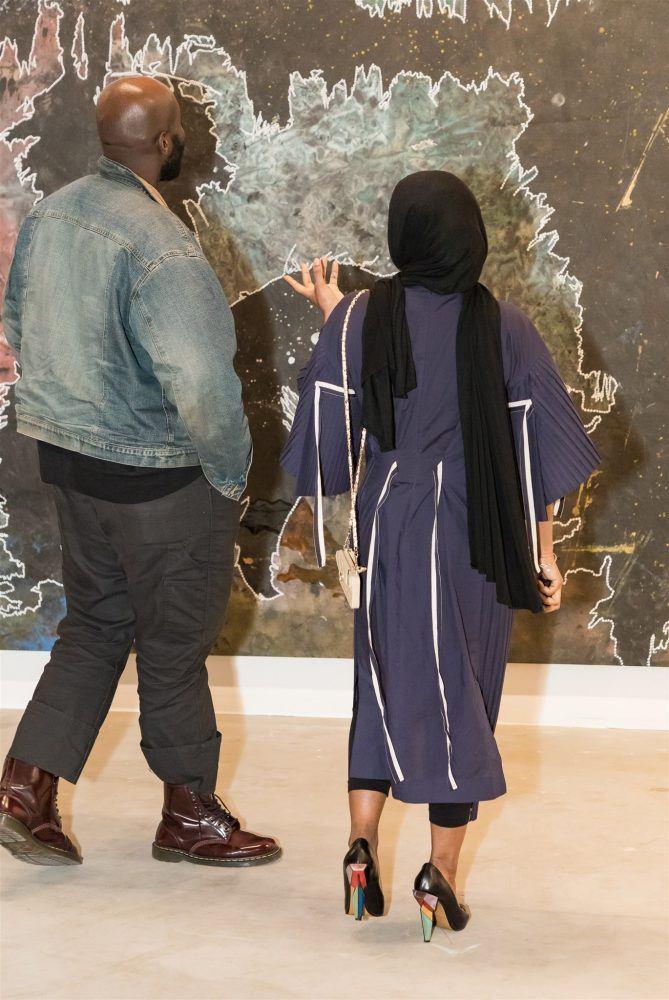
The placements of your islands look so organic and composed. What was the process placing and creating the terrain in your series, how was the use of depth a part of expressing the spaces that would be considered land?
The placement of the islands looks organic because they ARE organic. I let the painting dictate where they appear. I spend a lengthy portion of time working on the background. Many many layers of colors upon colors. This sometimes takes just a few days, sometimes takes weeks to get to a place where I can begin the next stage. I then identify and outline the shapes or “land masses” that appear in the colors and shades made from the depth created by the layers. This is why the shapes look organic, they were formed from moving the fluid paint around and letting it dry and morph like water on the raw canvas. I like to think of it as my own form of erosion in a controlled setting. Water always behaves the same way. Whether it’s a melting glacier smoothing out rocks over centuries as it flows down a mountain, or pigmented liquids splashed onto a canvas. The results will undoubtedly have similarities.


Your history in sailing is so romantic and works towards such a larger informed career. How much has sailing informed your practices, how fluent are you in cartography and mapping? Also were you inspired by specific periods or historic map making?
Sailing has been a hugely transformative part of my life. I left school at 15 to cross the Atlantic Ocean on a sailboat from the 1930’s. After that trip, I decided to live my life in a completely nontraditional way. Long periods of time at sea have a tendency to give you a very clear perception of what you want out of life and how you will live when you set foot back on solid ground. What and who you will give your attention to upon your return. To say sailing has informed my work would be an understatement. It has informed everything I do and how I see the world. I am not as fluent in mapping and cartography as I’d like to be. My knowledge of it is limited to mapping routes to places I wanted to explore, within the Mediterranean and Caribbean Seas mostly. I also had the opportunity of being the Log Keeper on my second transatlantic crossing. We were racing in the Panerai Transat Classique in 2015, I was on watch 4 hours on 4 hours off. During my watch, it was my responsibility every hour to keep track of and fill the log book with our accurate, up to the minute, coordinates. I had to study the charts in the Nav Center of the ship like clockwork (the Nav Center is where all the navigation instruments and charts are kept). Every hour on the hour, I went below deck, keeping track and writing down where we were exactly in the ocean, the conditions we had, the sails we had hoisted or dropped, and any other pertinent information that could prove useful. It was a huge responsibility and I loved doing it. For this exhibition, I was definitely hugely inspired by specific periods in history. Especially the late 1700’s when Captain Bligh lost his ship, the Bounty, to mutineers in the South Pacific. Also the early 1900’s when Shackleton lost his ship The Endurance to the pack ice of the Antarctic. I have an obsession with books of nautical non-fiction, especially surrounding survival stories at sea and shipwrecks.

Your Archipelago series is partially influenced by your time in South East Asia, how did you find yourself living there and how did it help to inspire your sense of color and tone? Is there anywhere in Asia you are missing to come back to?
I first visited South East Asia as a small child with my family, I have vivid memories of those trips. When I took up surfing, I started going there more and more in search of uncrowded surf, which there is plenty of. Much later, my partner at the time began living between Singapore and Indonesia, and that’s when we really started exploring the area. All of a sudden, the exotic and hard to get to places were our backyard and we certainly maximized our geographic advantage. Distant island chains that would have otherwise taken days and days to get to from the US, were only a few short hours away by plane. That era of my life was one of the most exciting and inspiring times thus far. The colors, the climate, the scent, the entire atmosphere of that part of the world stays with me. I’ve always said my favorite color is the color of the Indian Ocean. A very light, almost gray blue. There’s a softness to the tone that I’m drawn to and I’ve been trying to replicate it for years. I even painted my car as close to that color as I could get. There is one island in particular that I miss greatly, I think about it almost every day. I won’t tell you what it’s called or where it is, besides that it is in Indonesia. Perhaps I’ll make a map of it in my next painting, and you’ll have to figure it out for yourself.
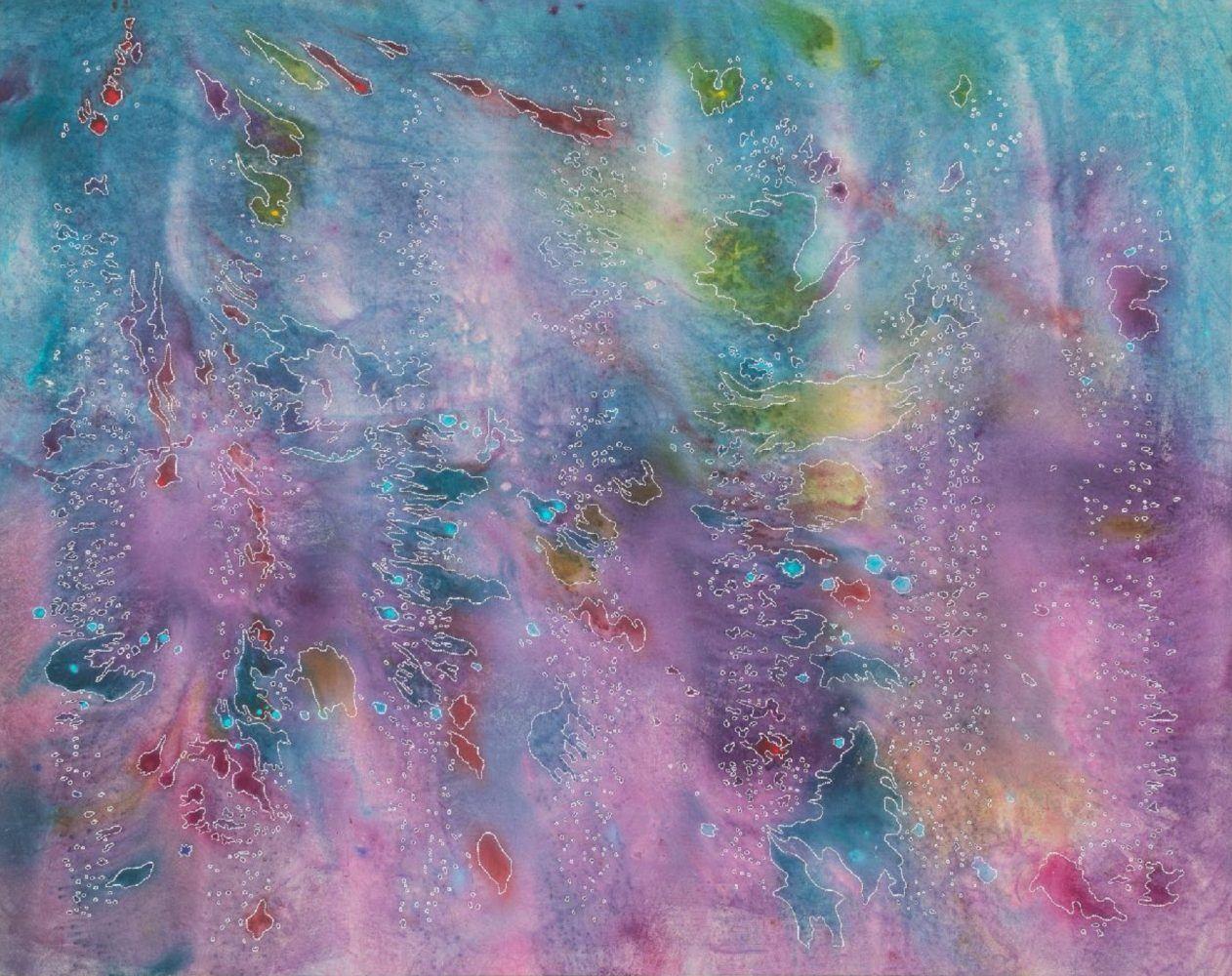

With your upcoming show in Paris, you take on the photo medium and have mentioned the focus being light sources. What can you tell us of this show and how it relates to Archipelago Continuum as a body of work?
The show in Paris features 130 photographs spanning the last 14 years. The work in the exhibition is surrounding the theme of finding light in the darkness, how men and women have been depicted throughout history, and the common thread between us all. The entire human experience can be narrowed down to one thing. Attempting to find the light in all the things that we do, all the things that we see, and all the things that we feel. The photographs in the show relate to Archipelago Continuum because they were taken all throughout the years I spent exploring the world, always with my camera in hand. The images depicted aren’t from my adventures at sea, but rather a sea of people, places and things. An urban sea, if you will.




